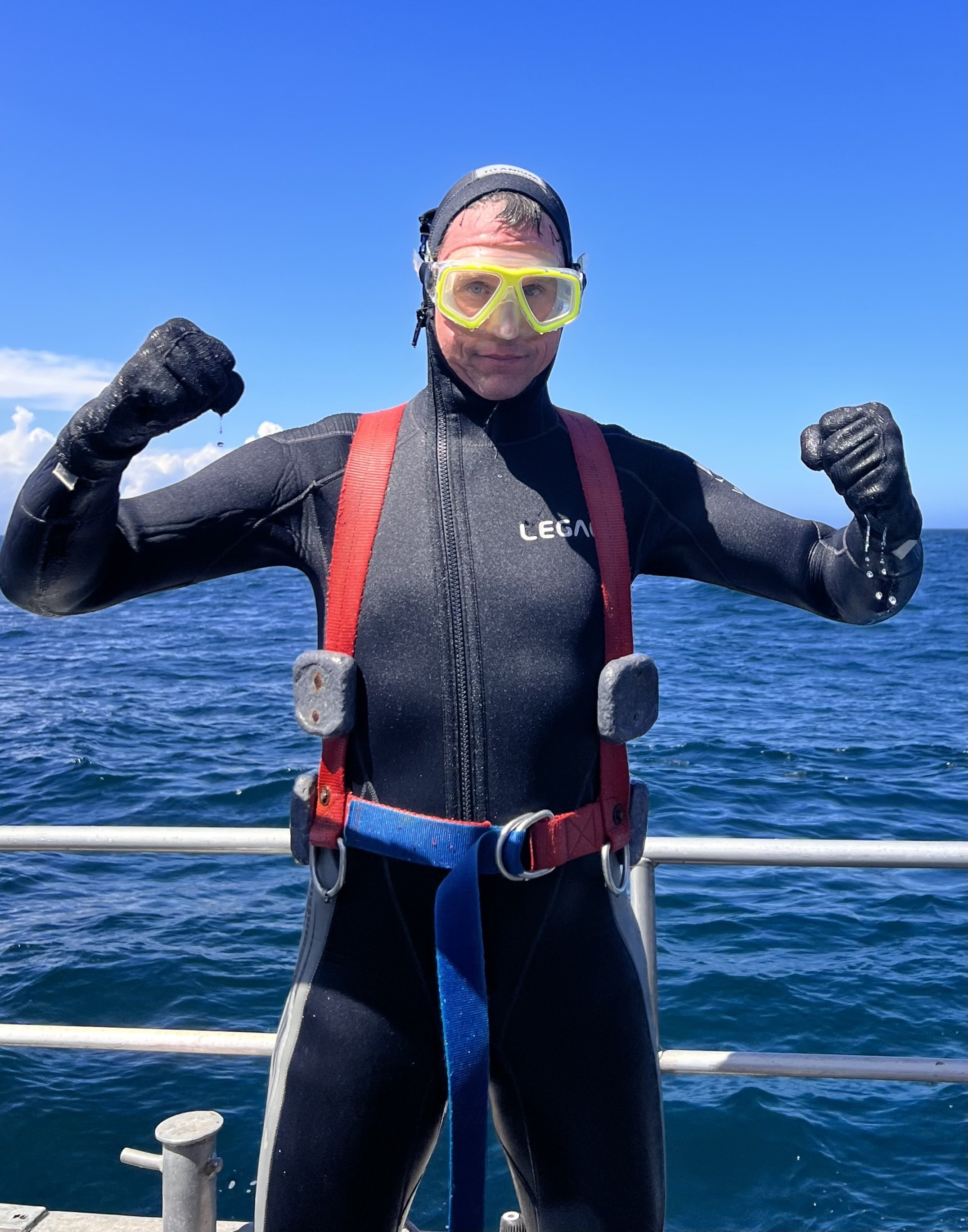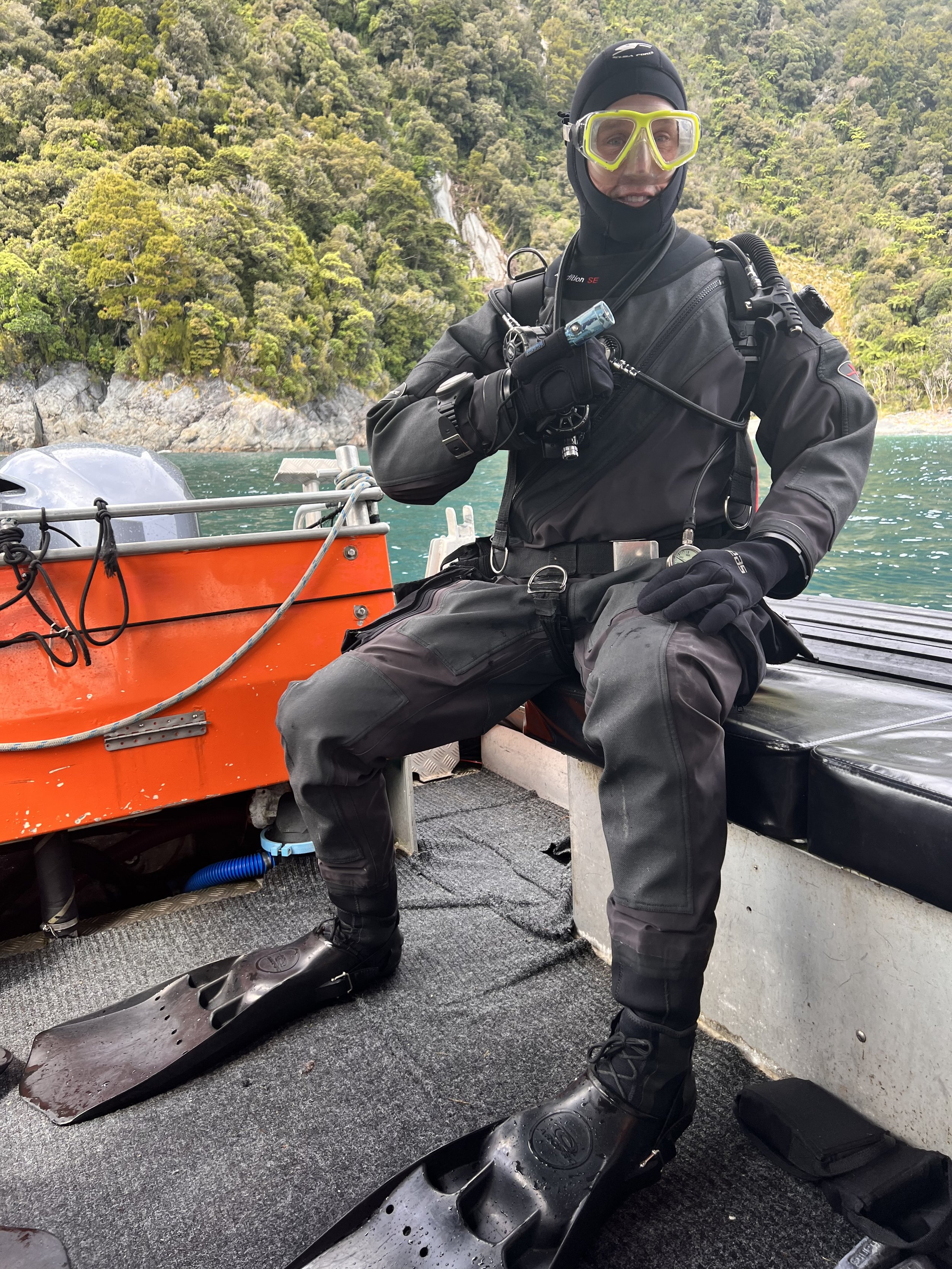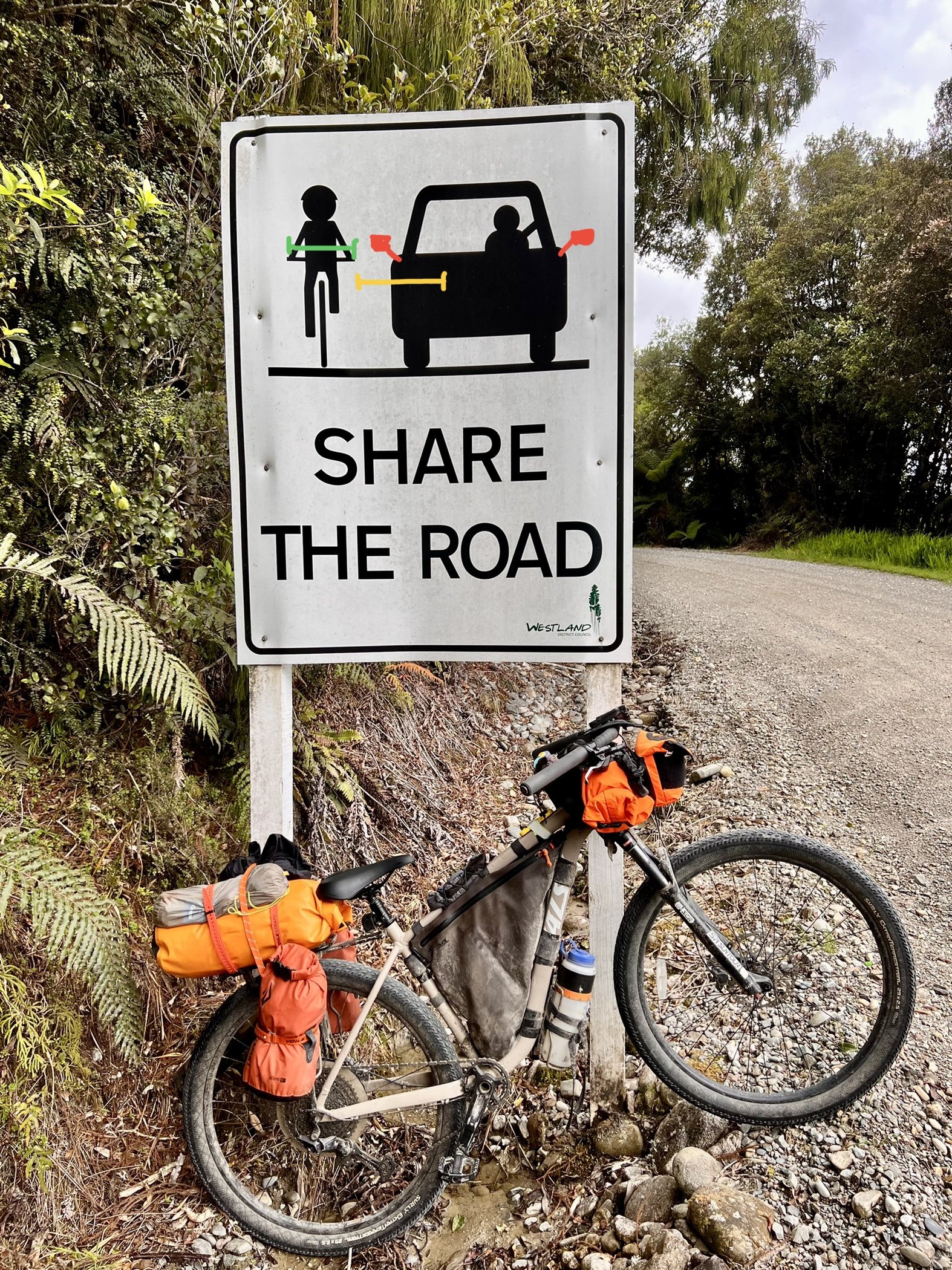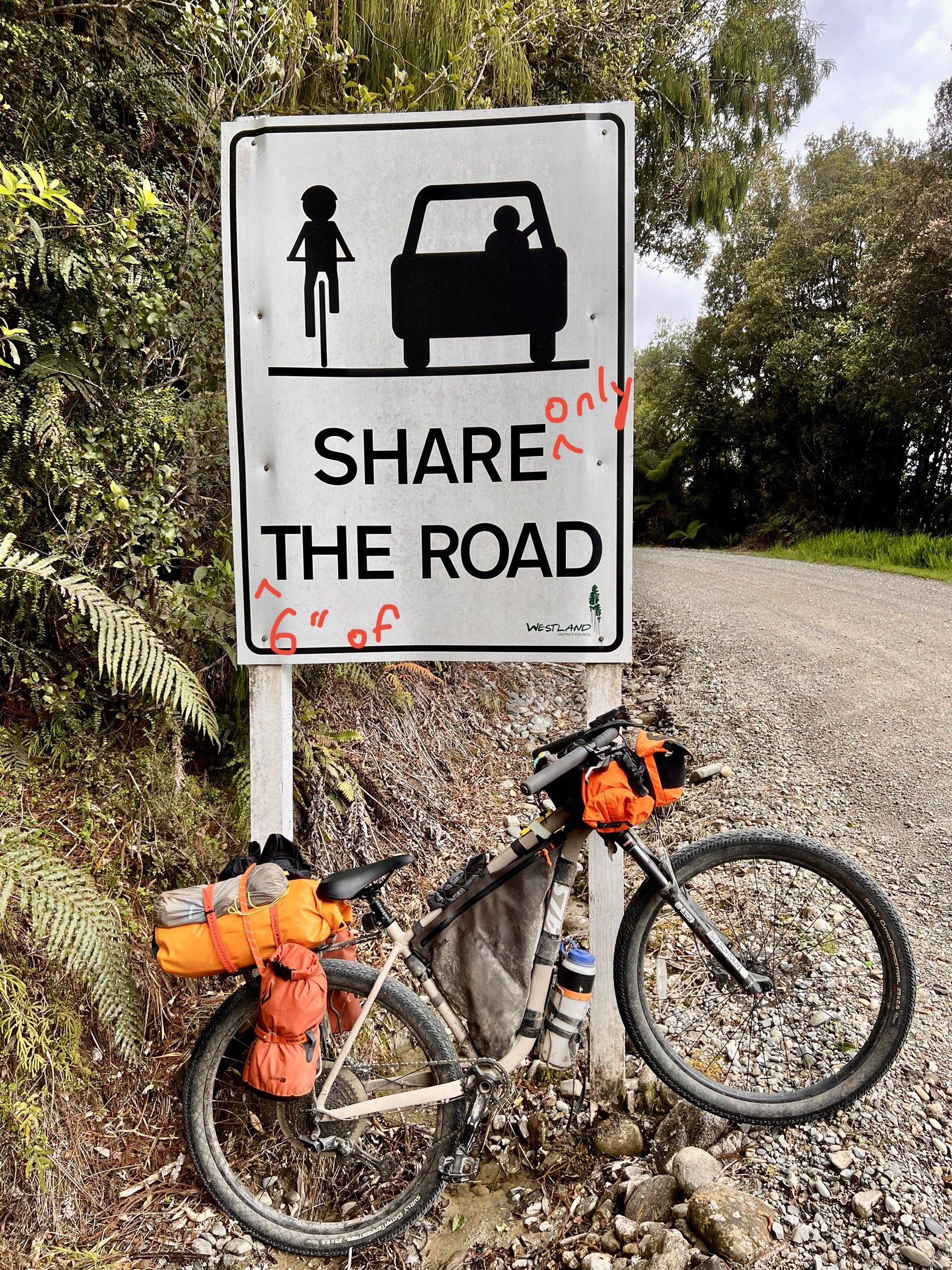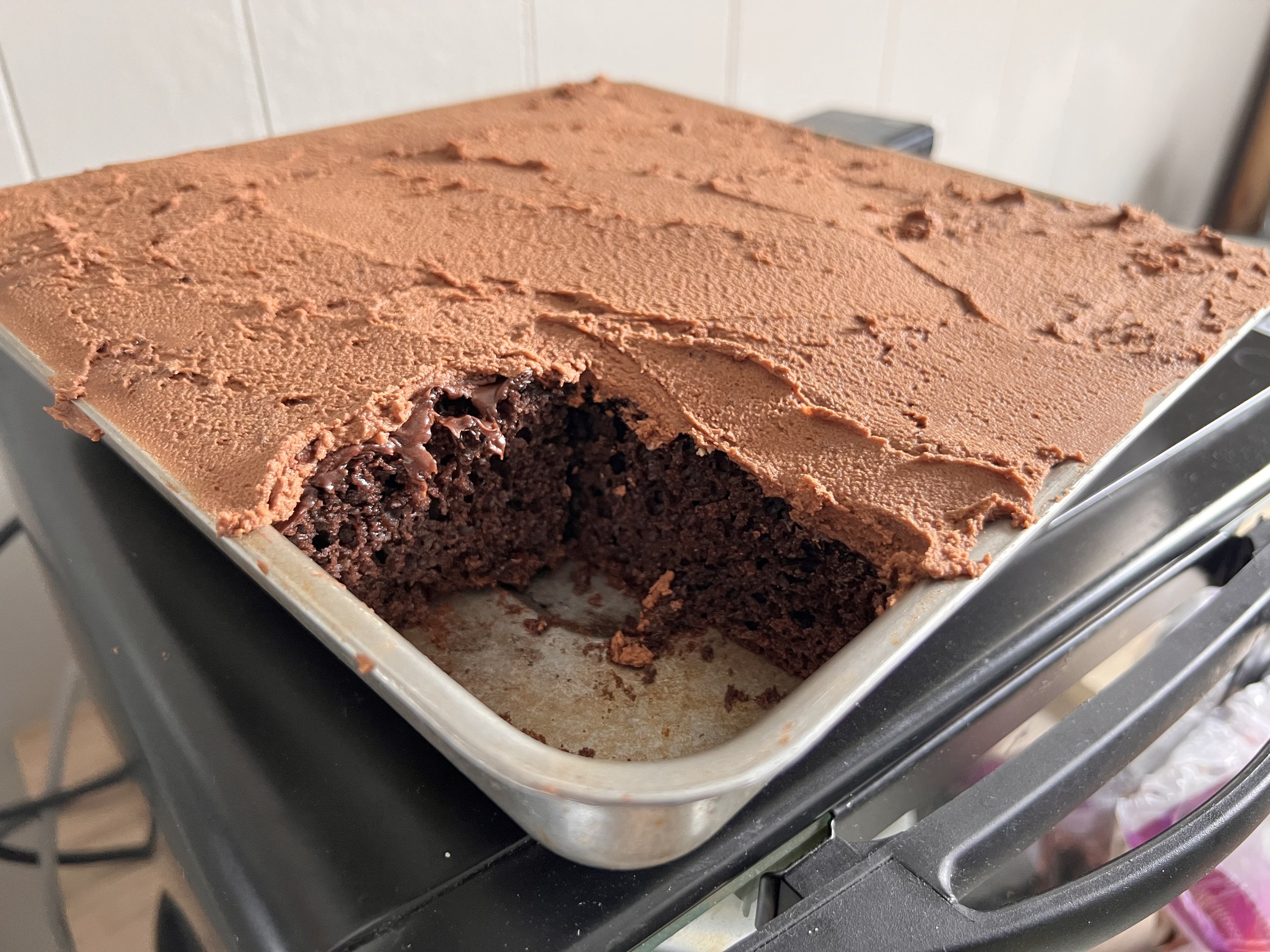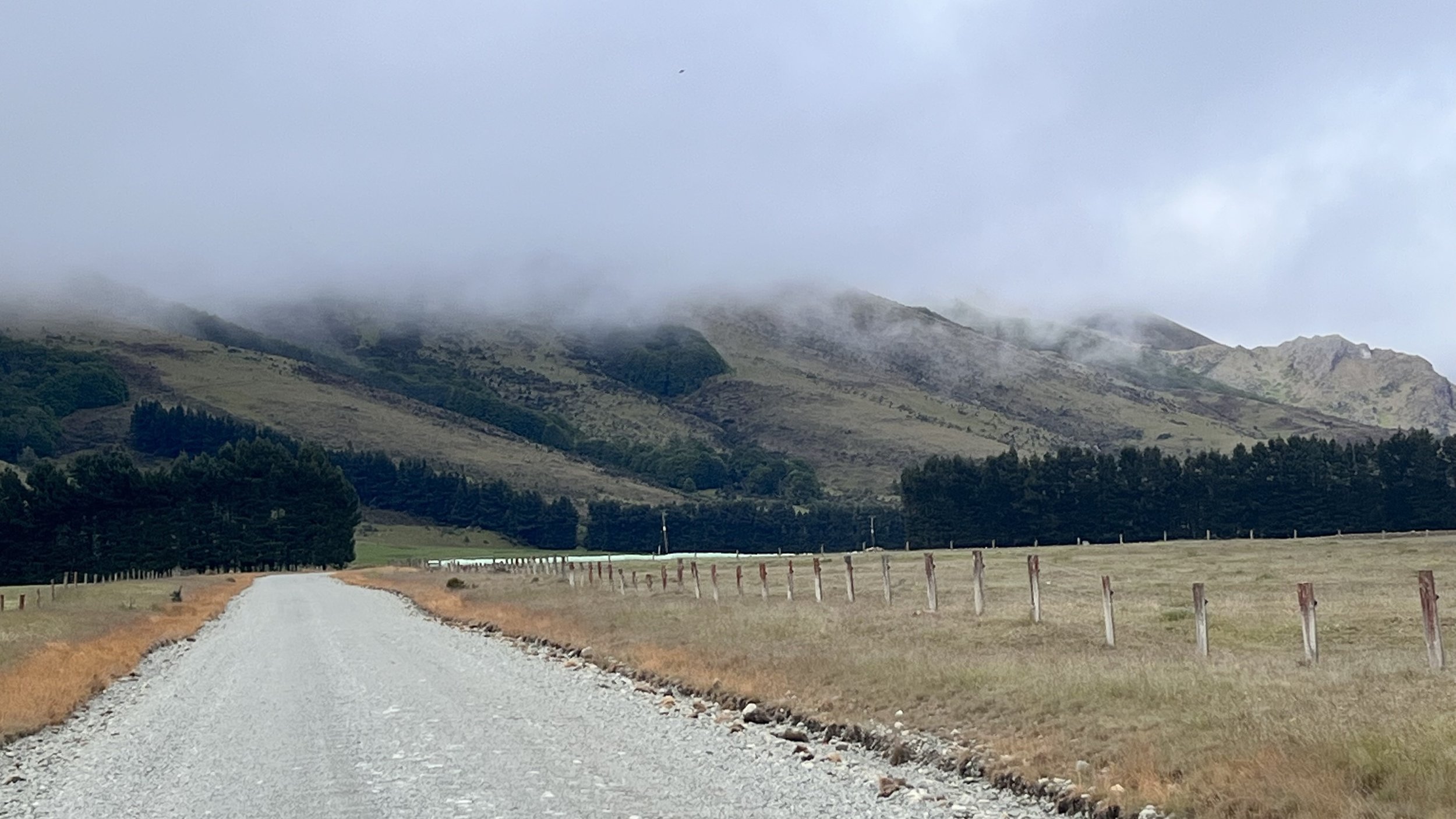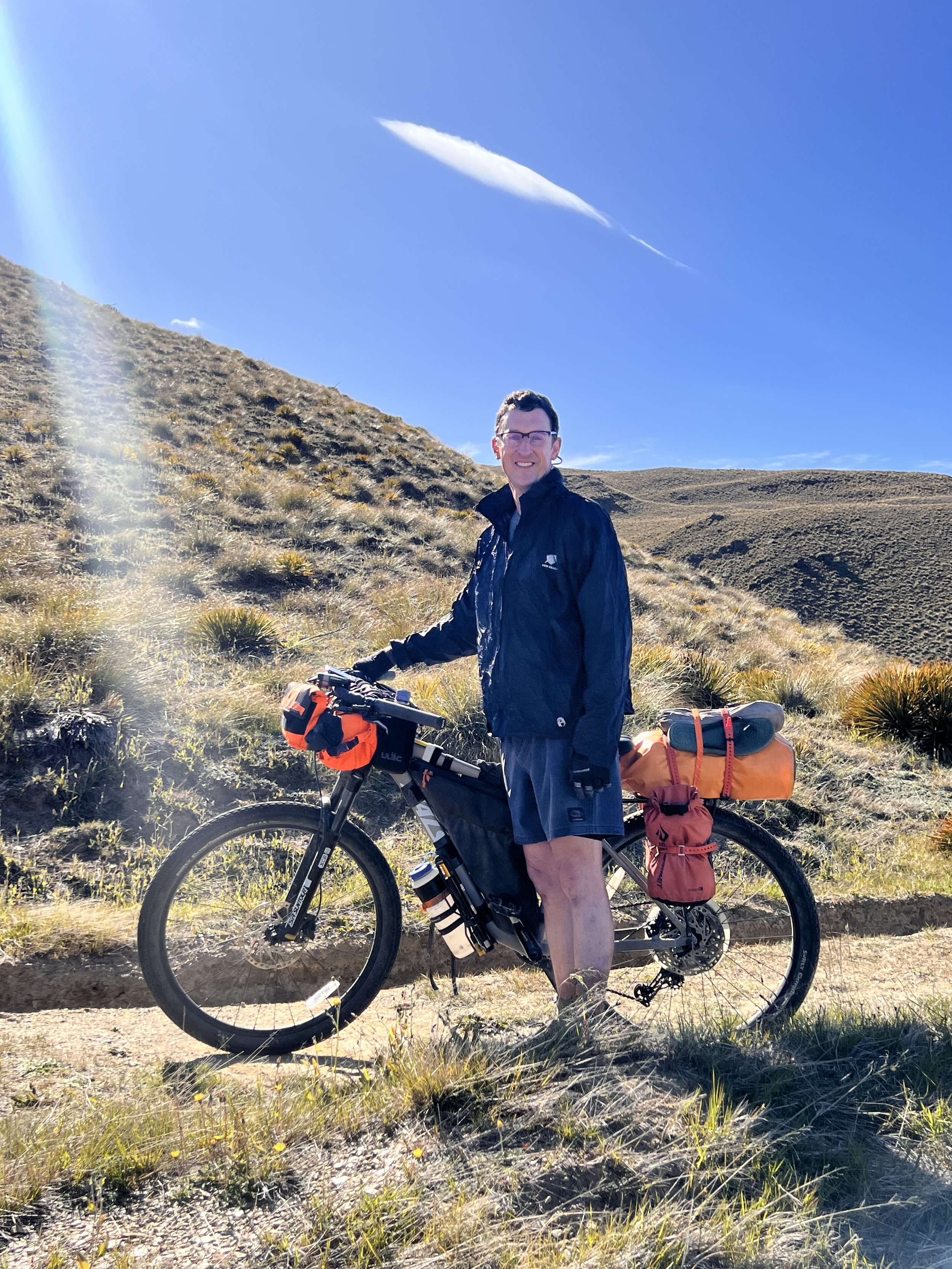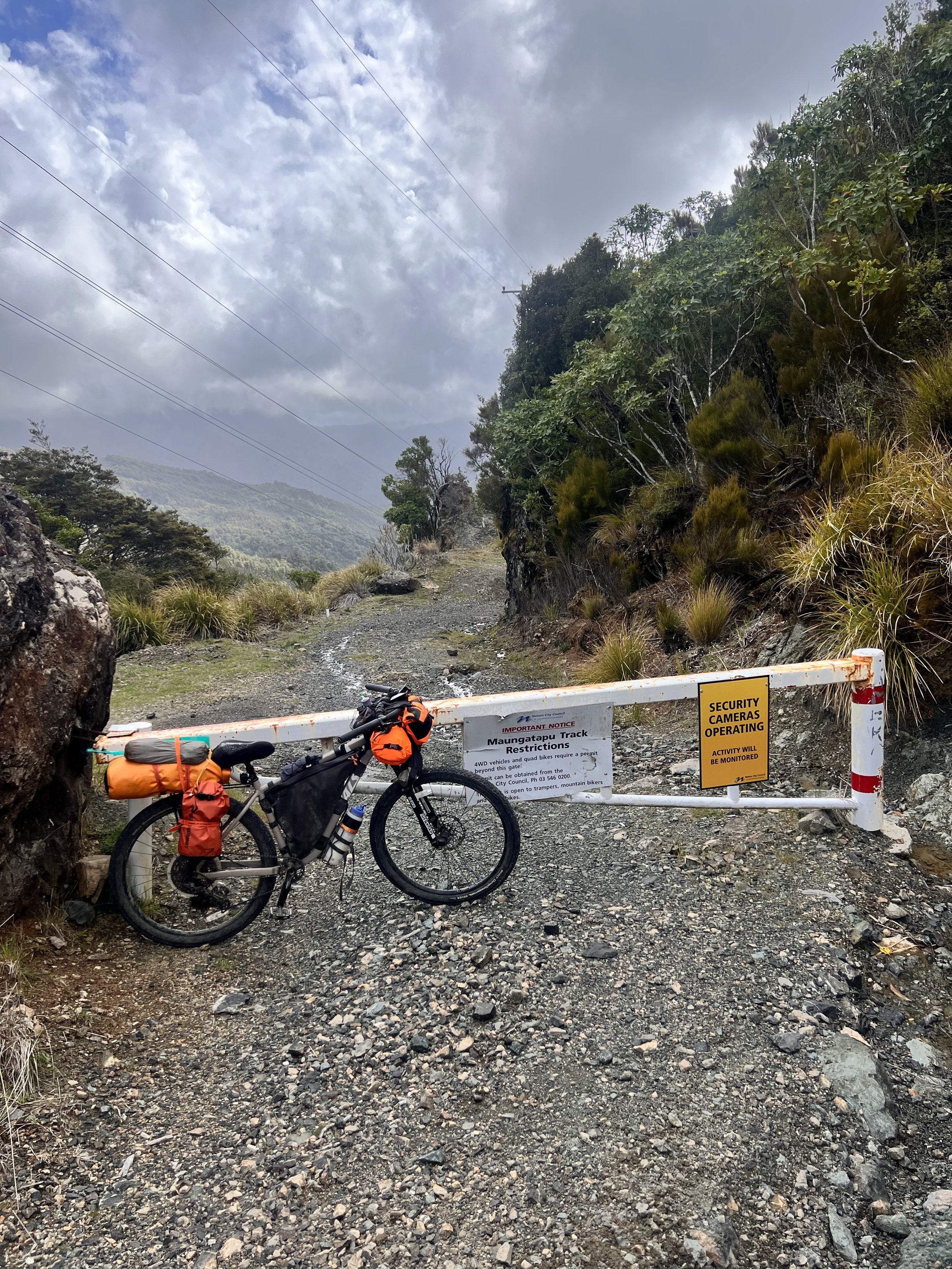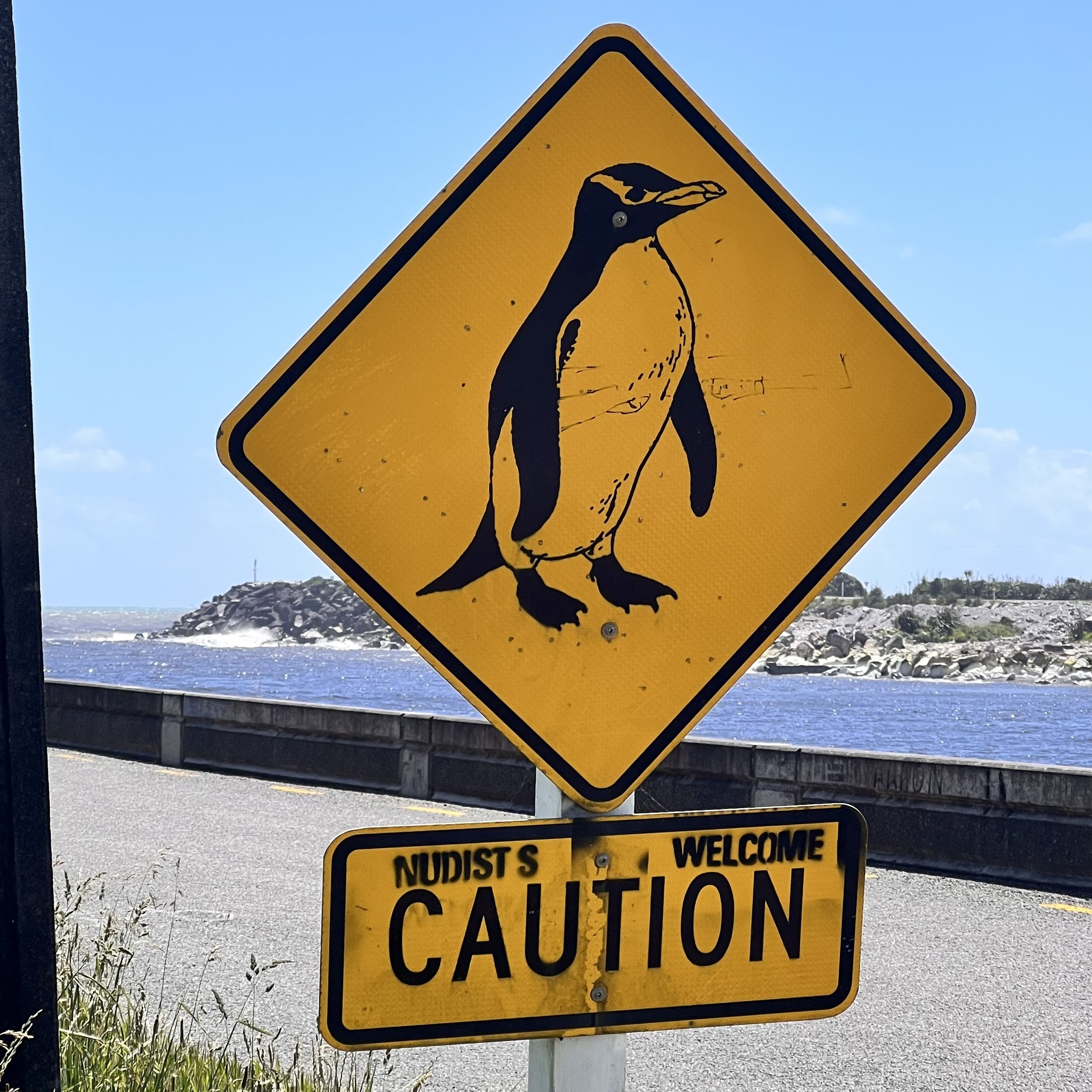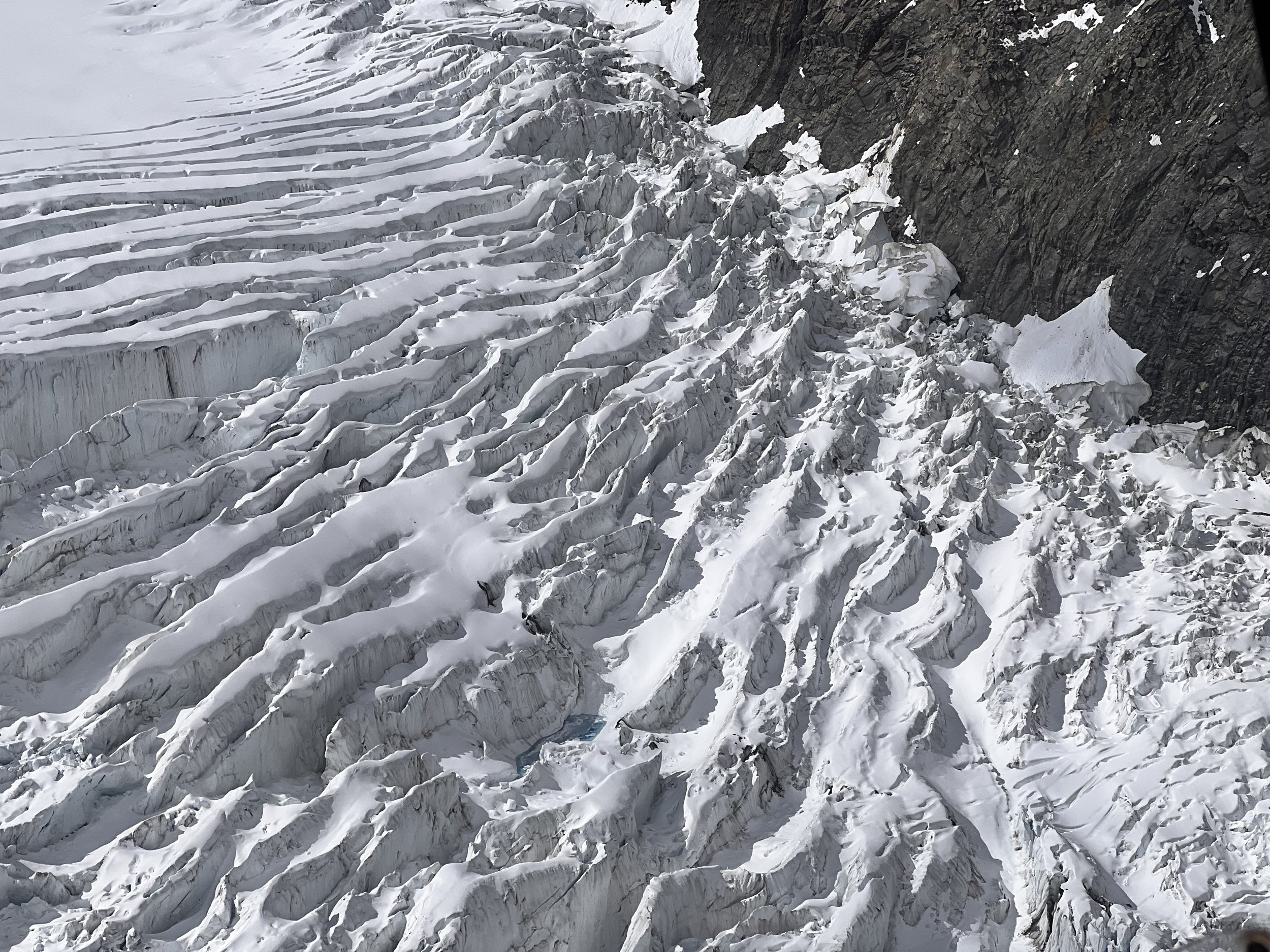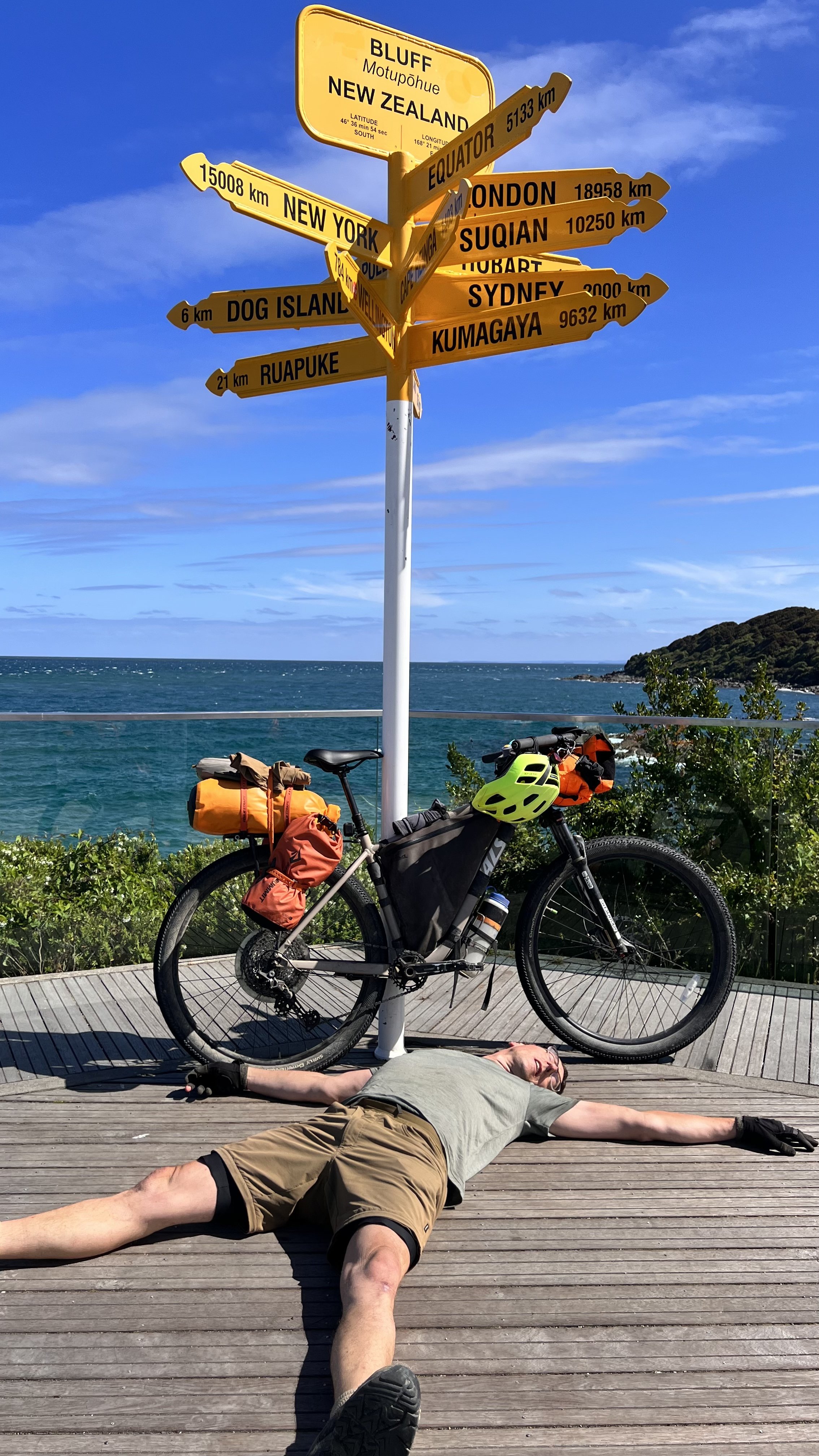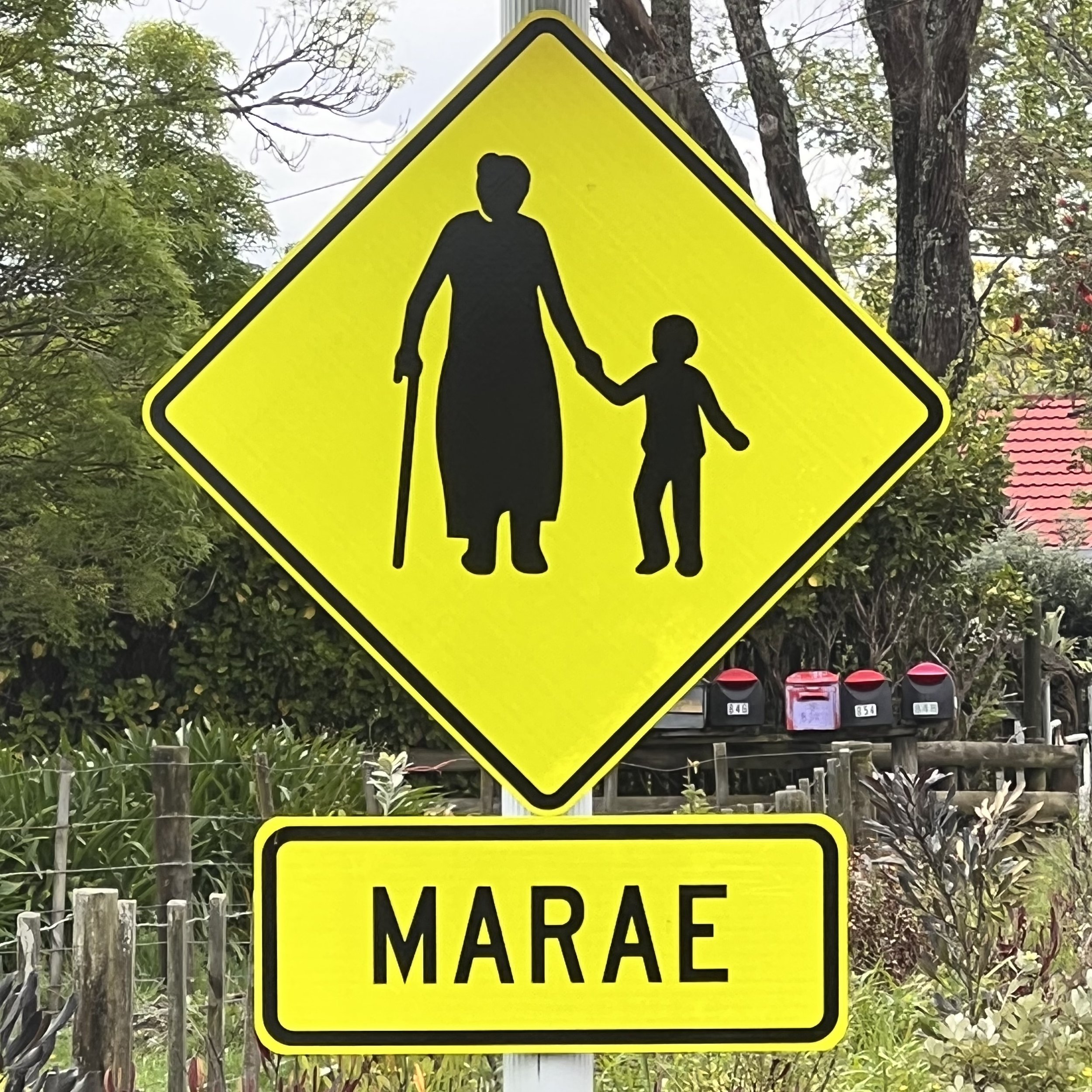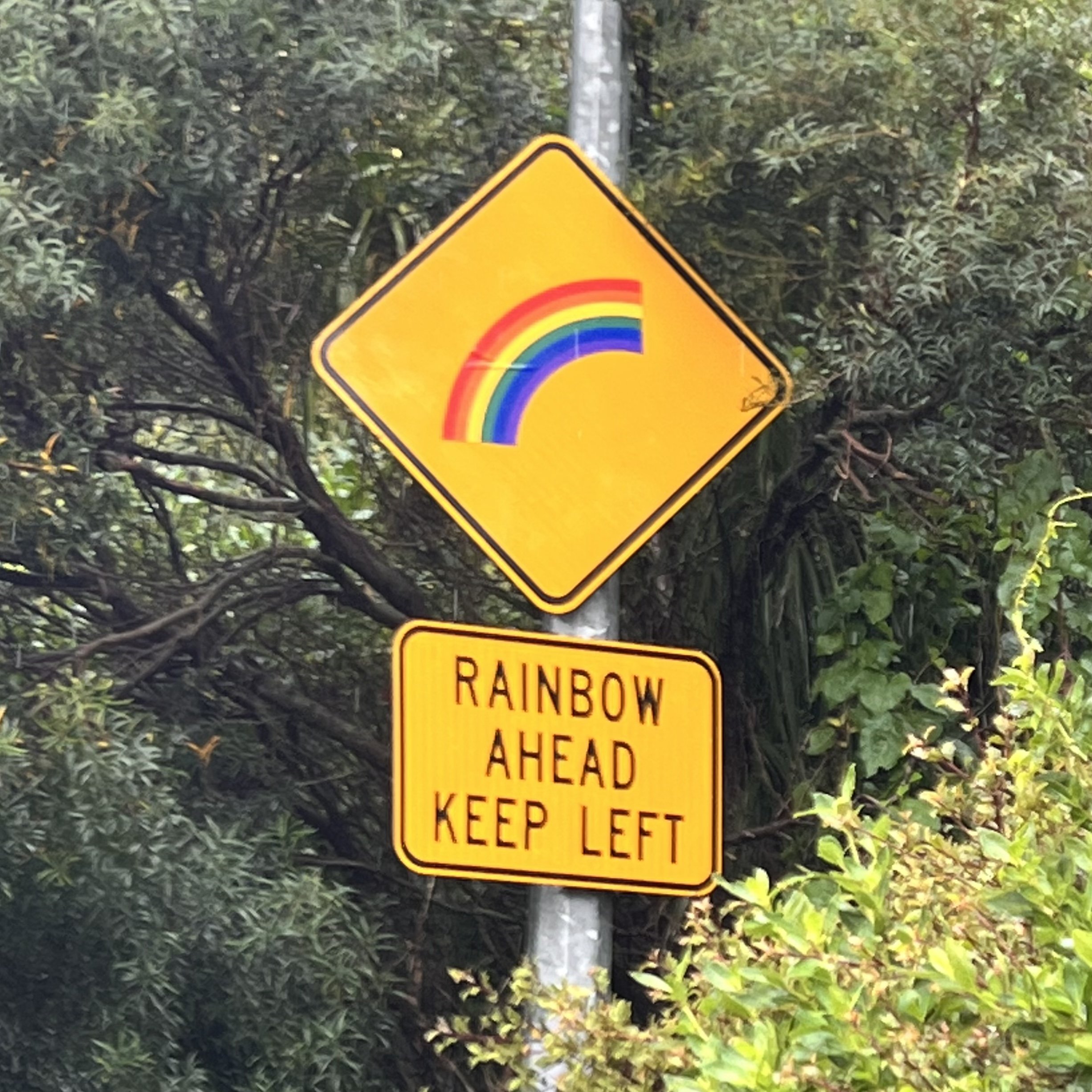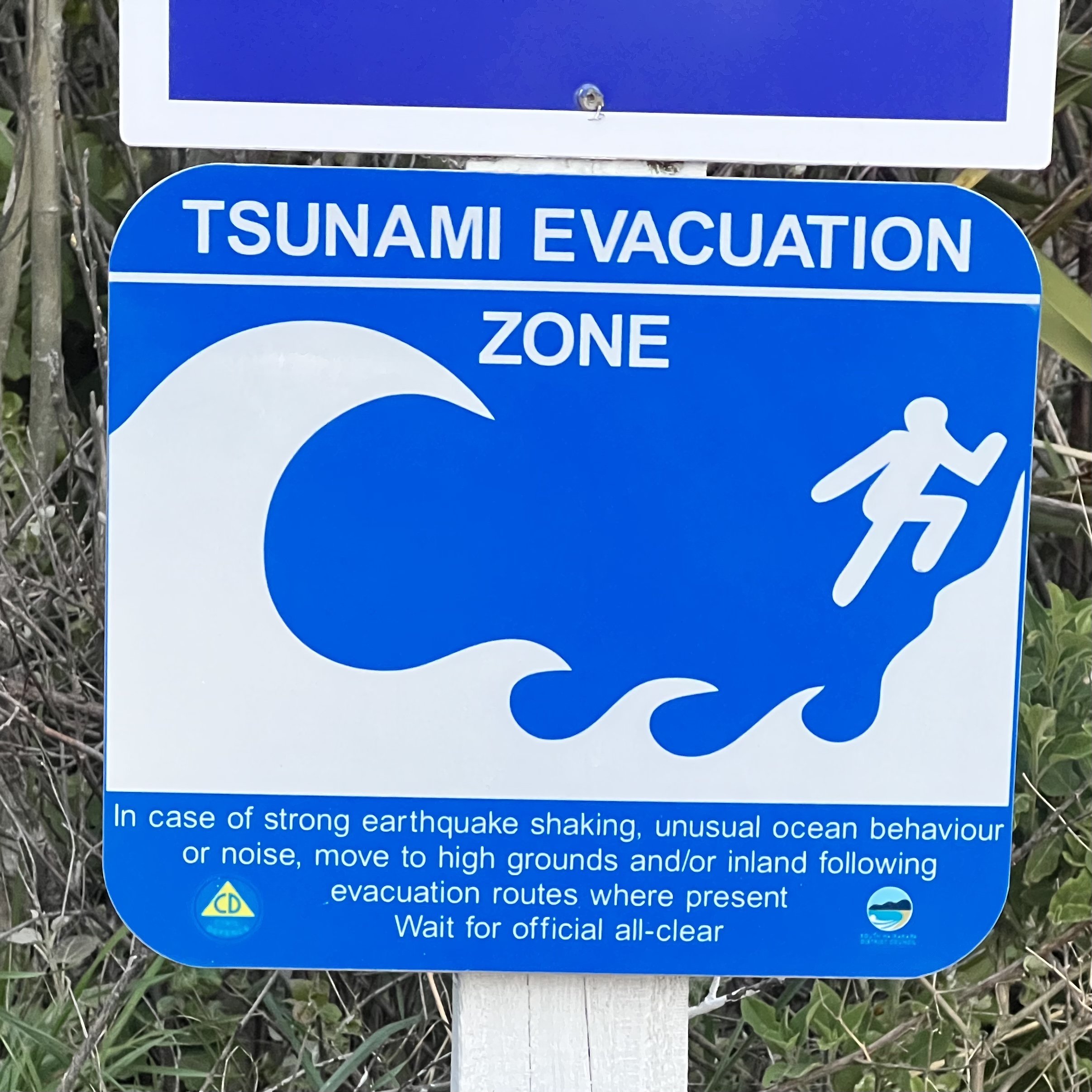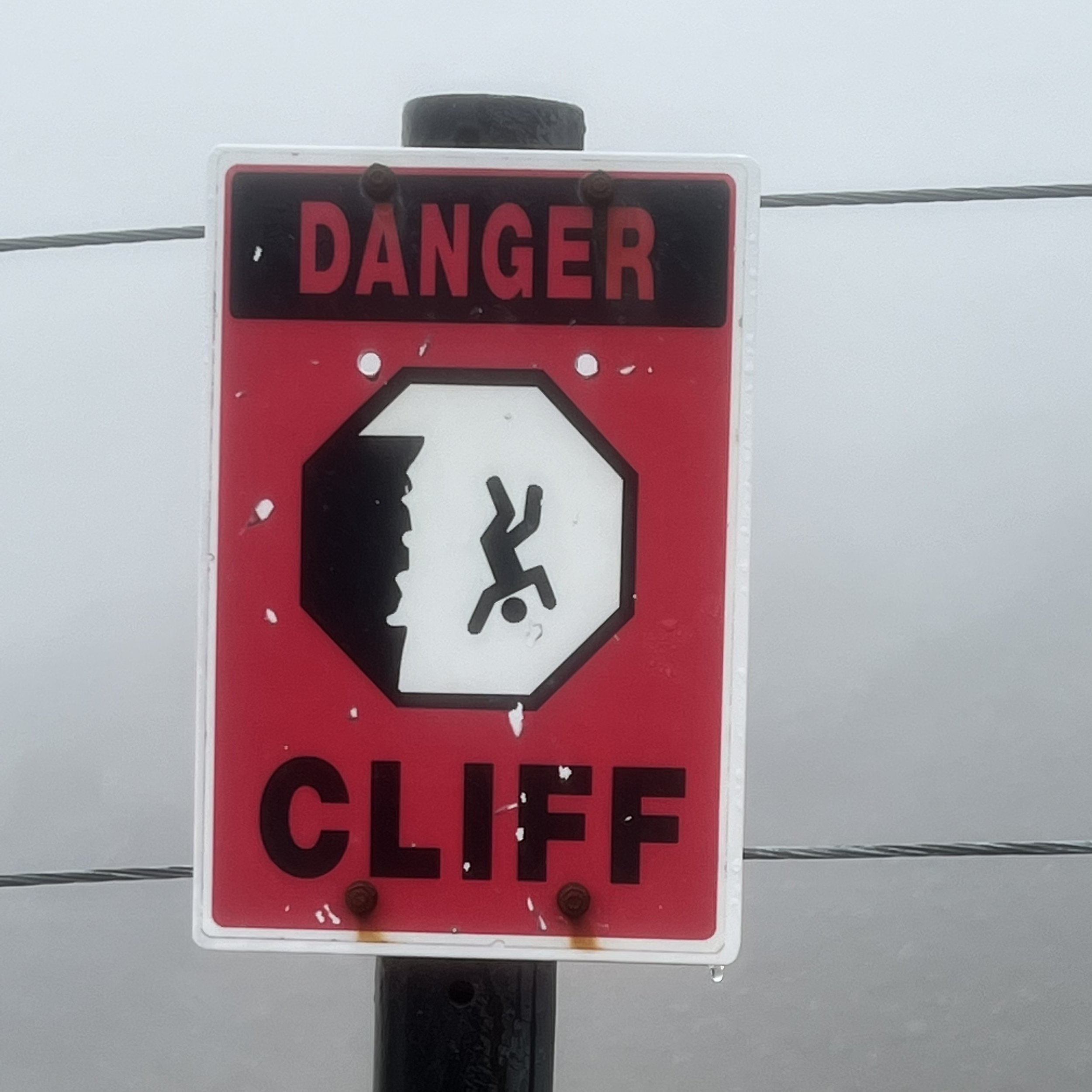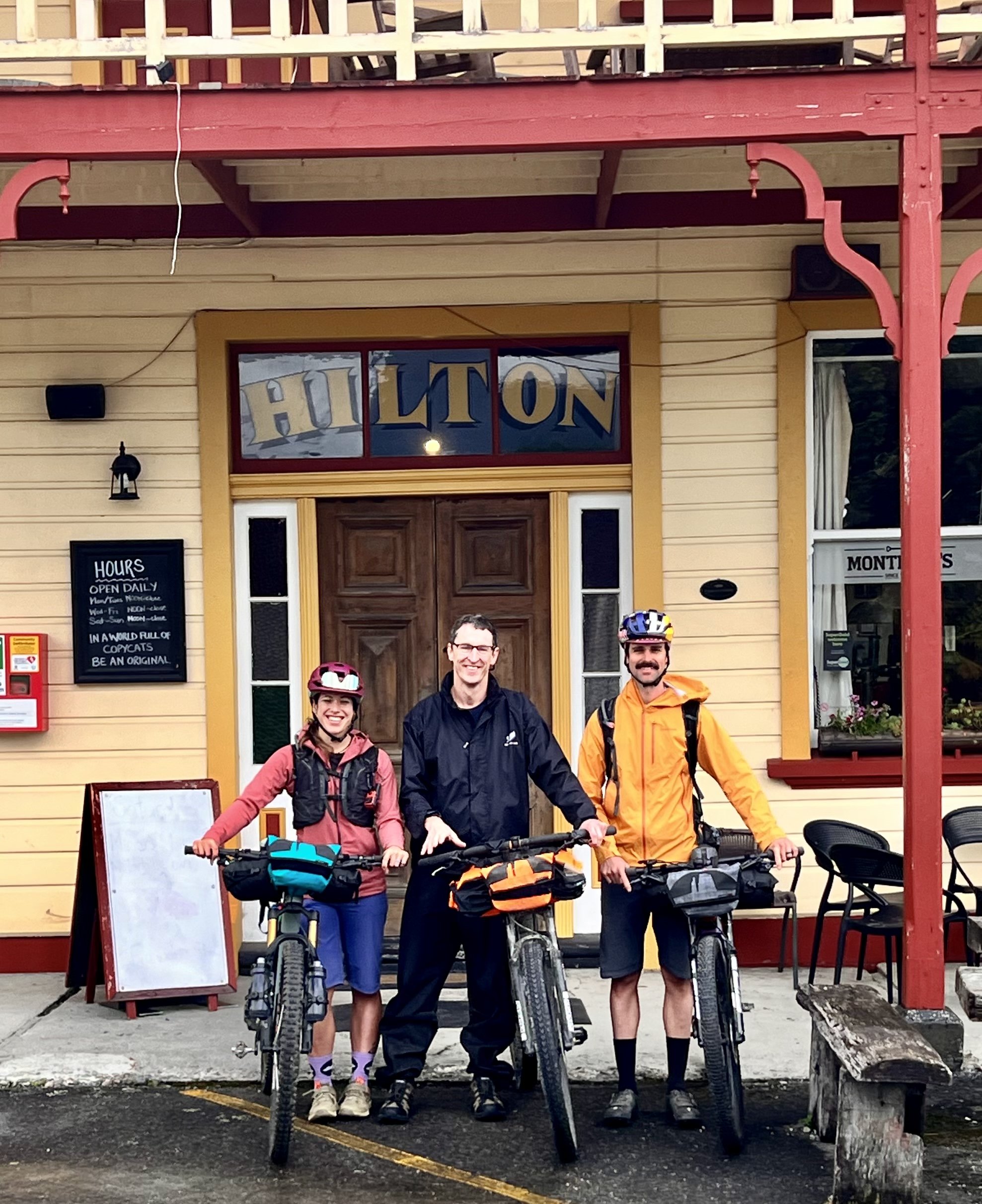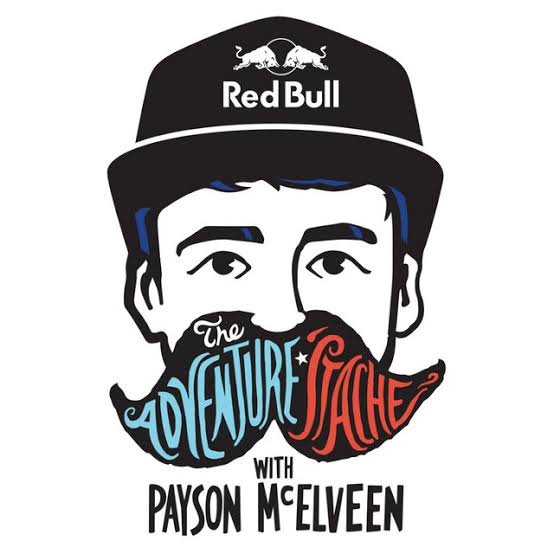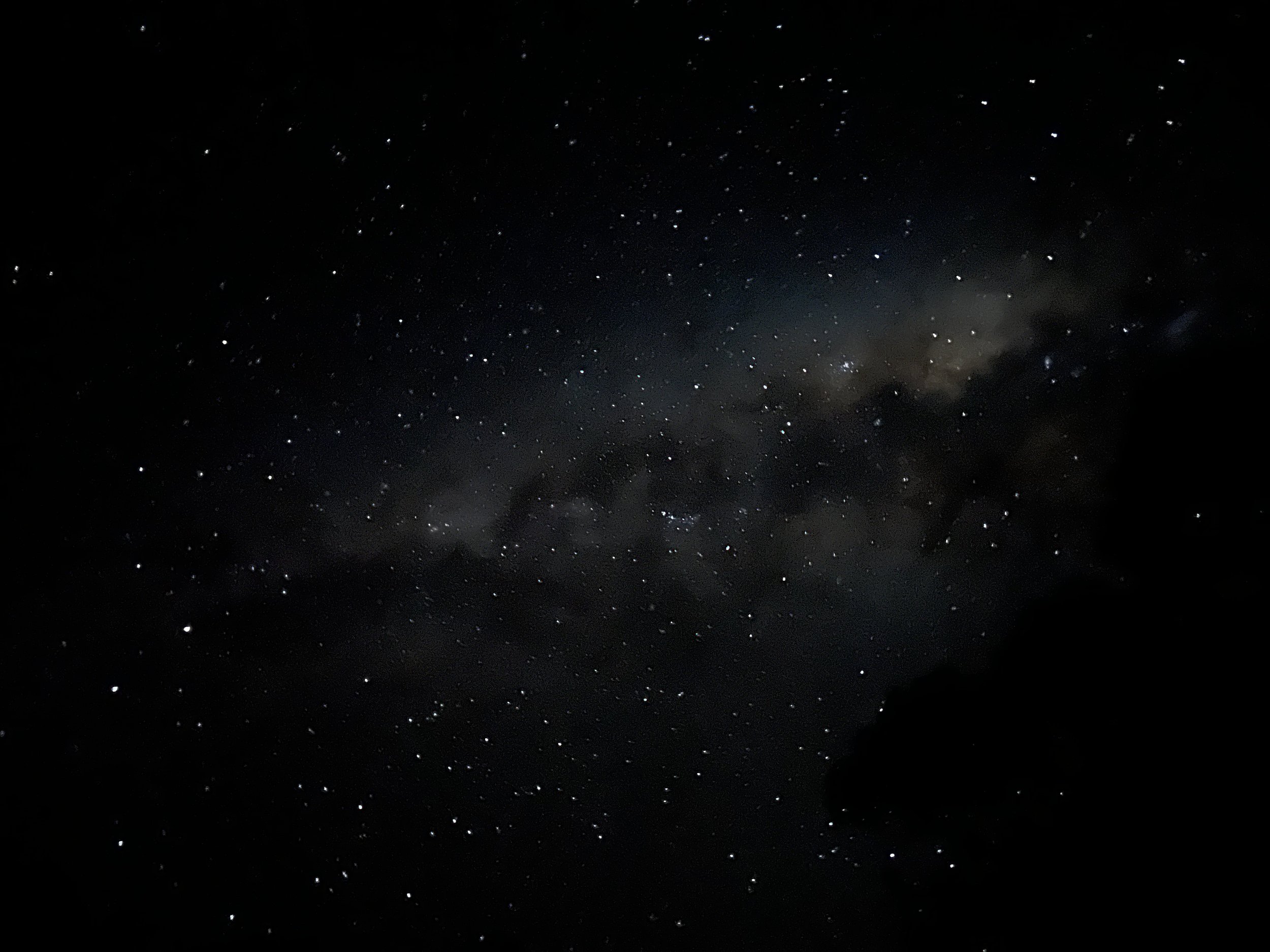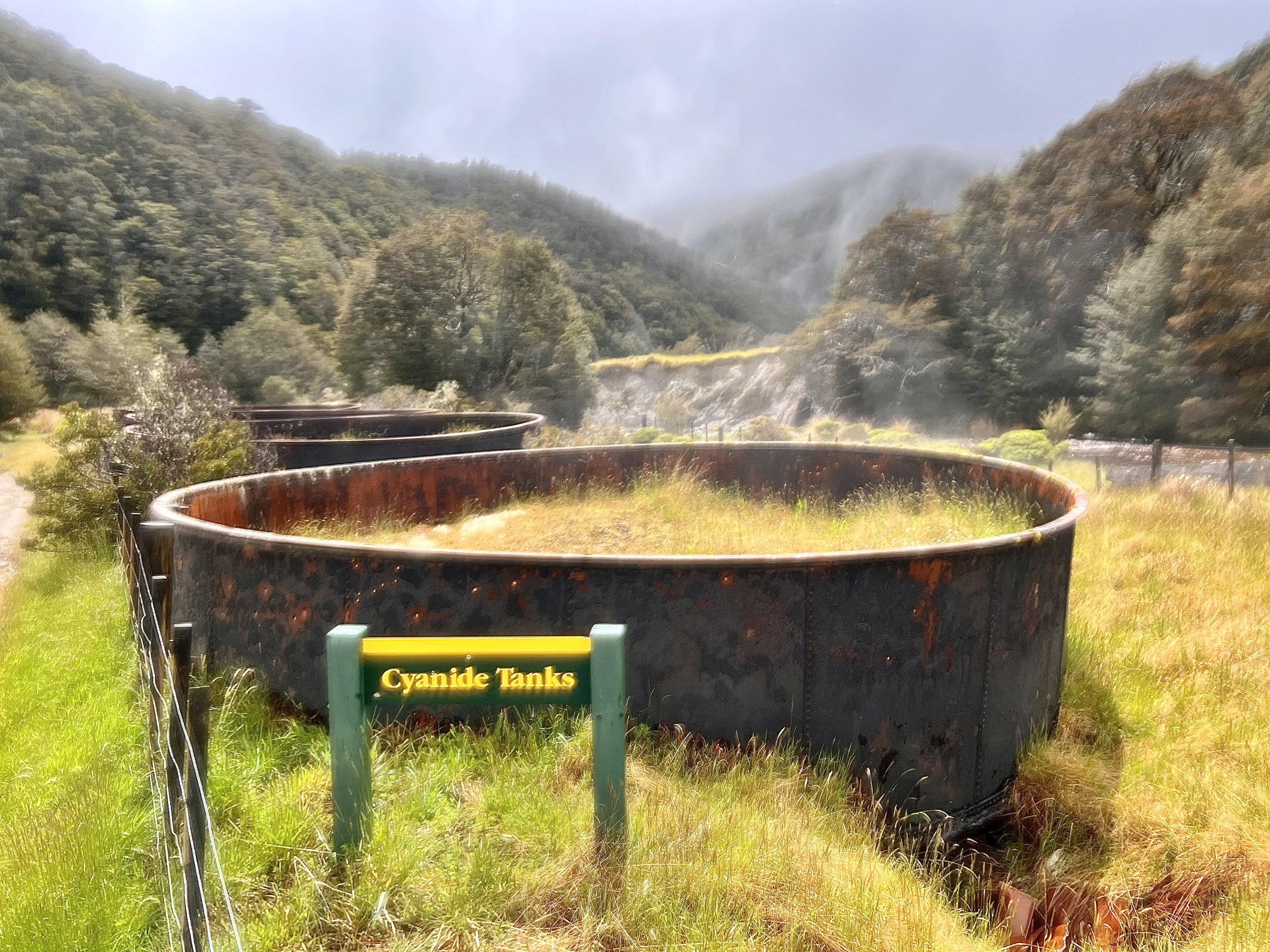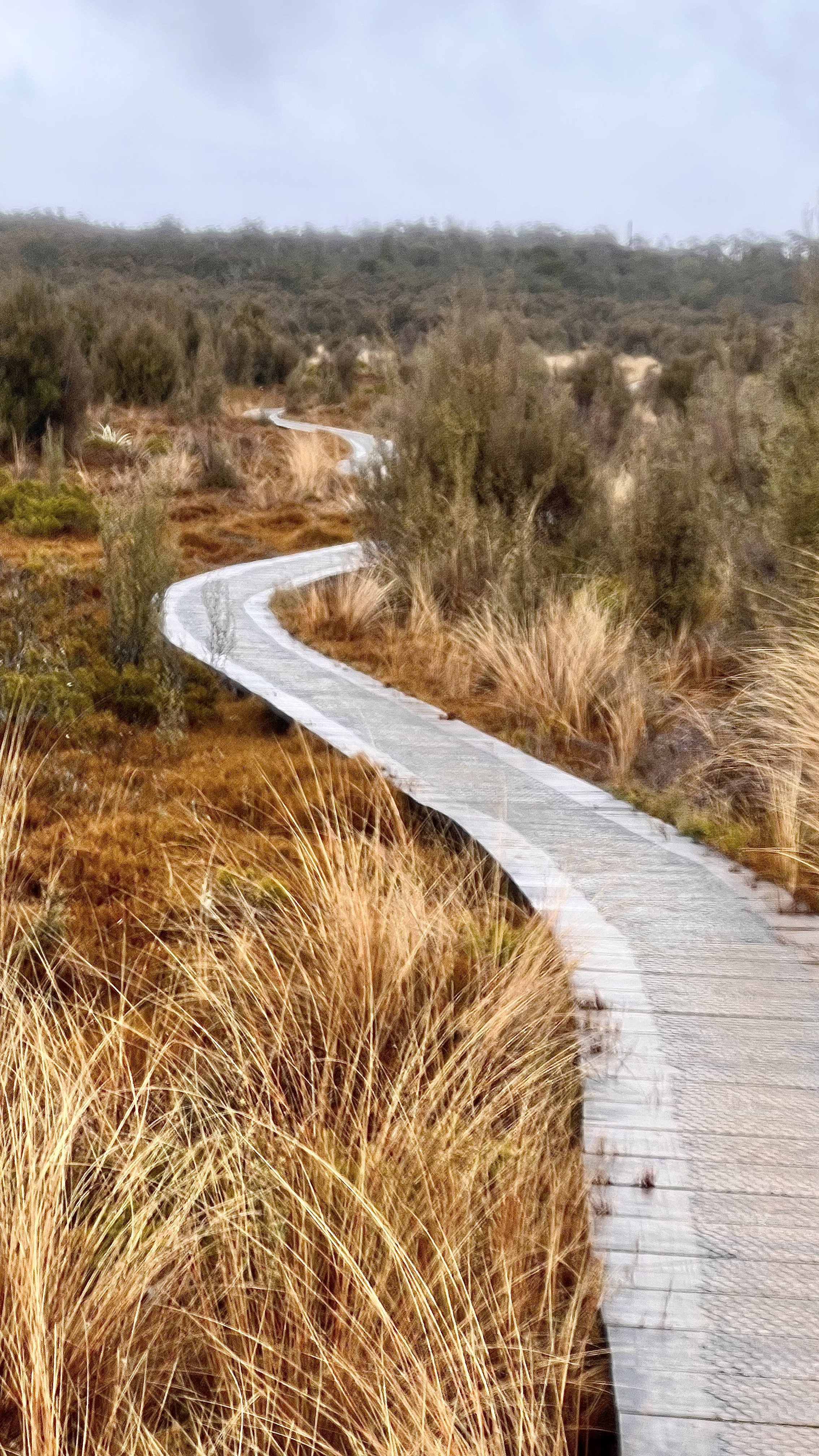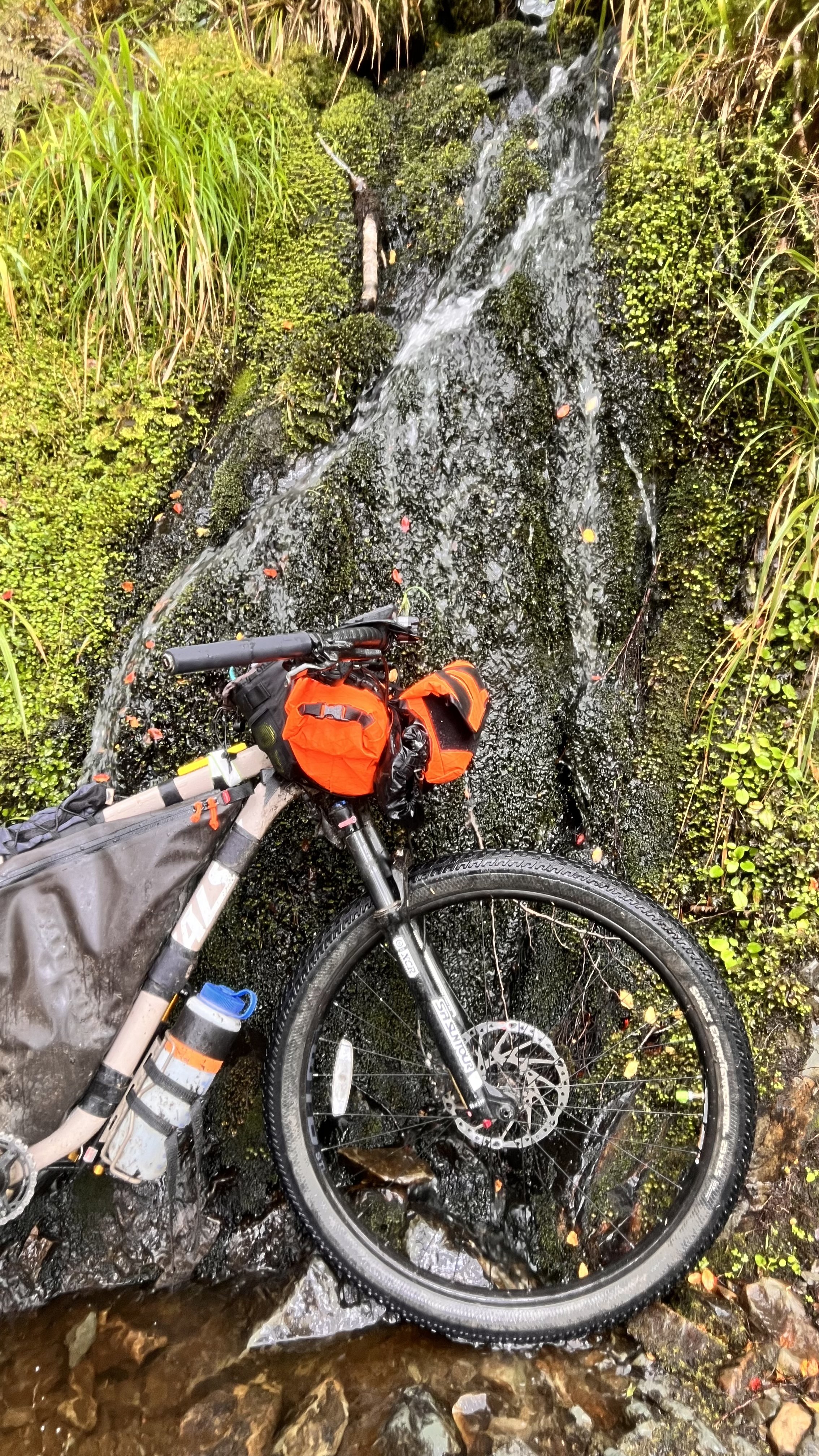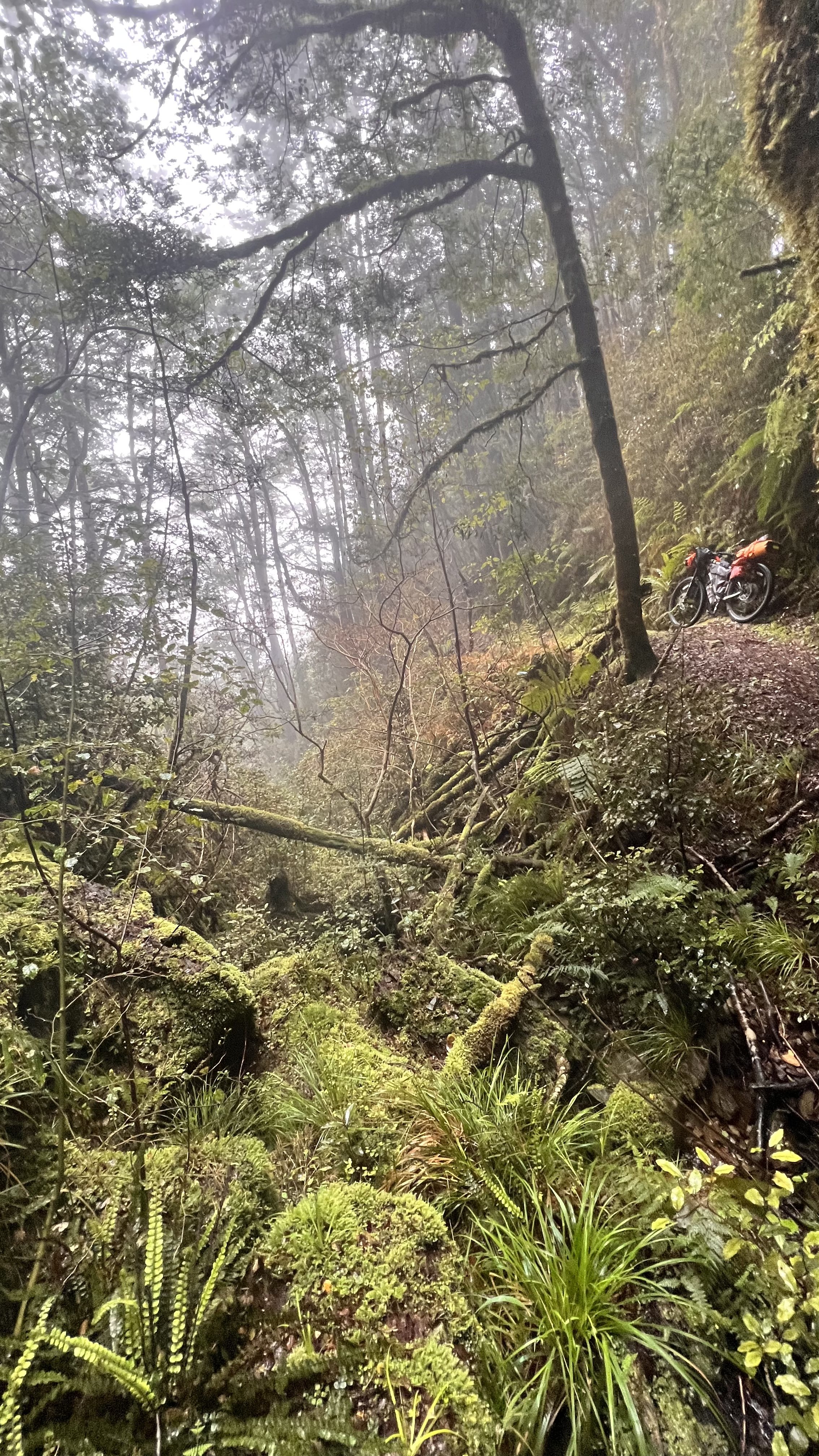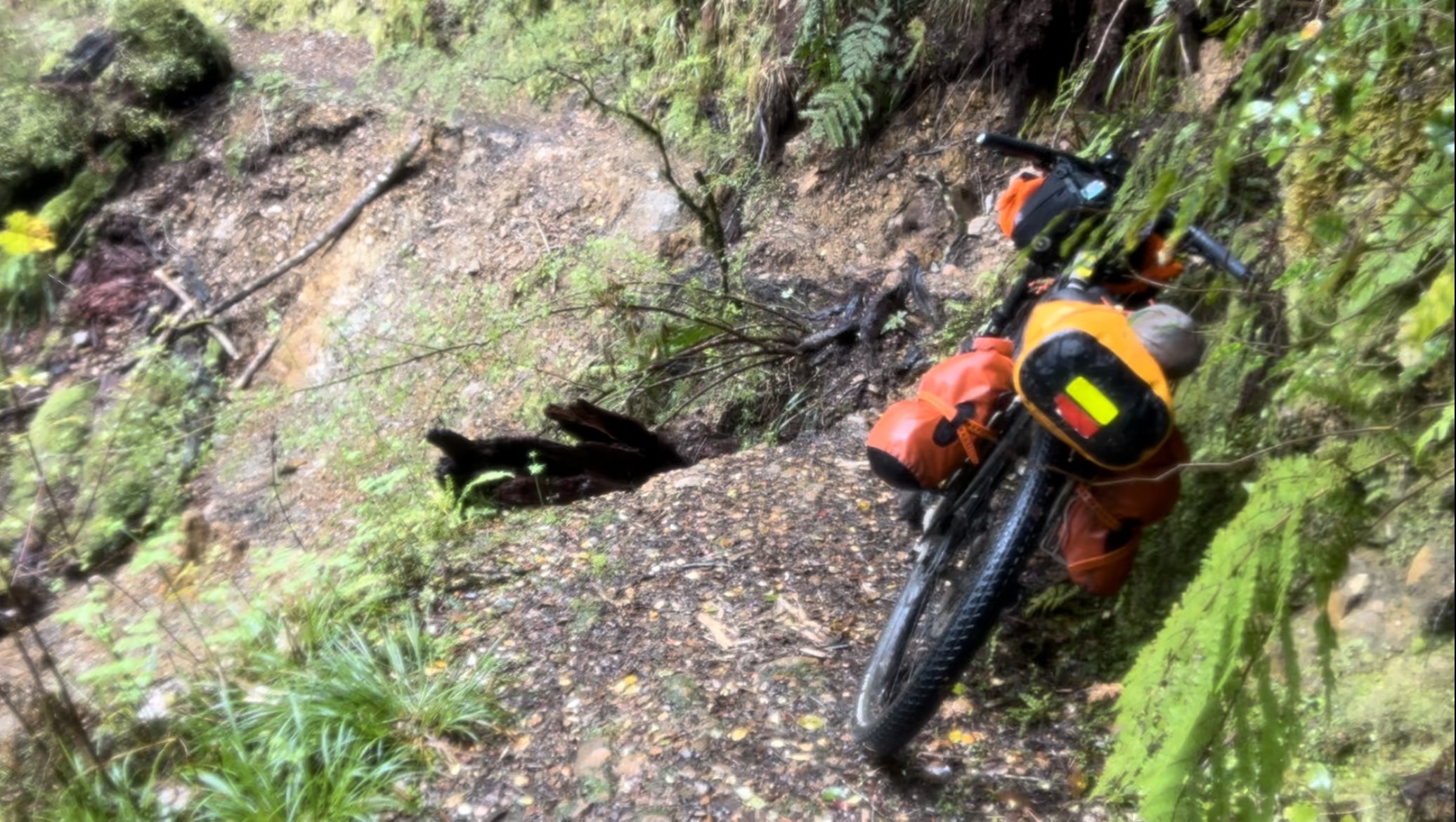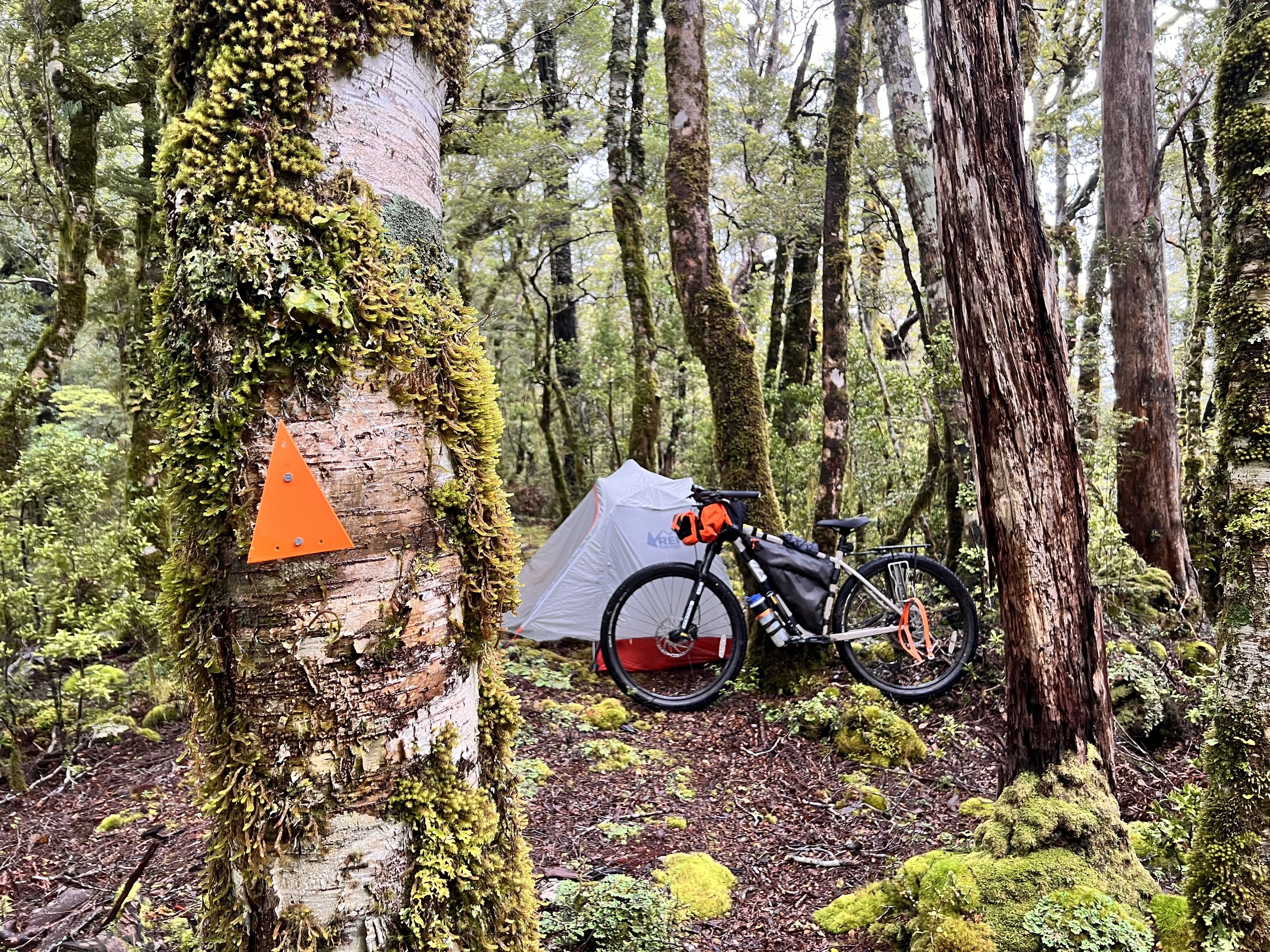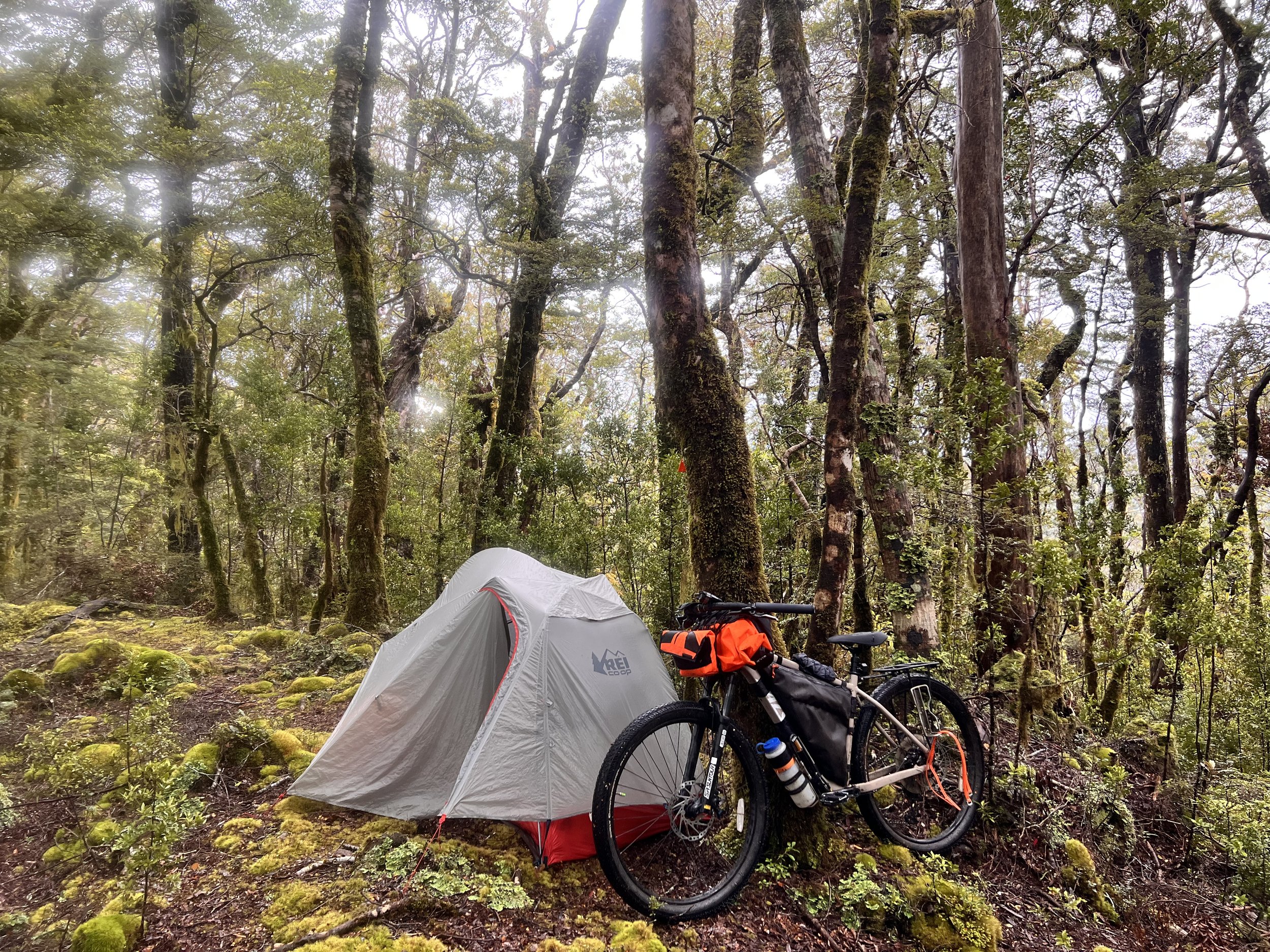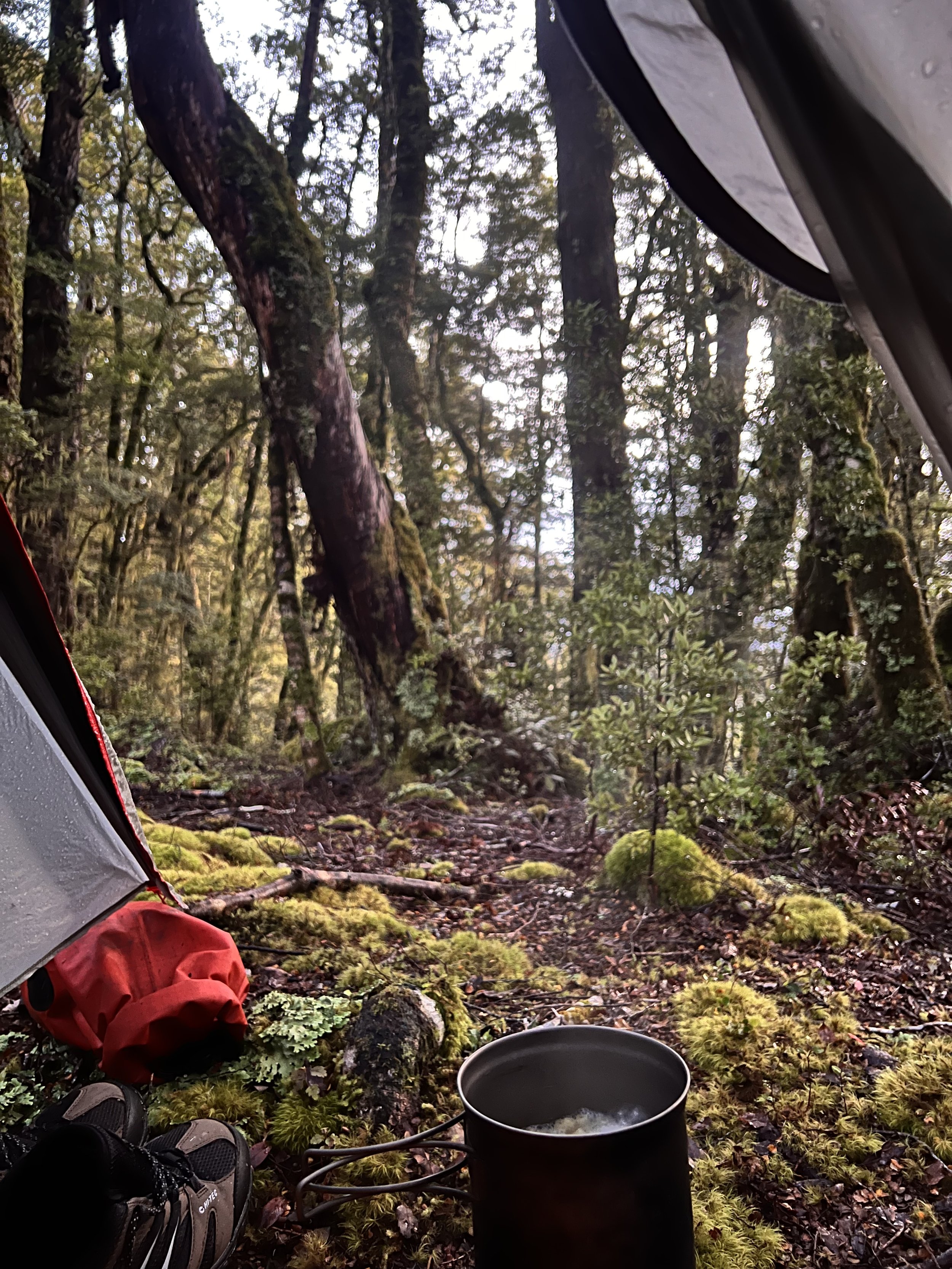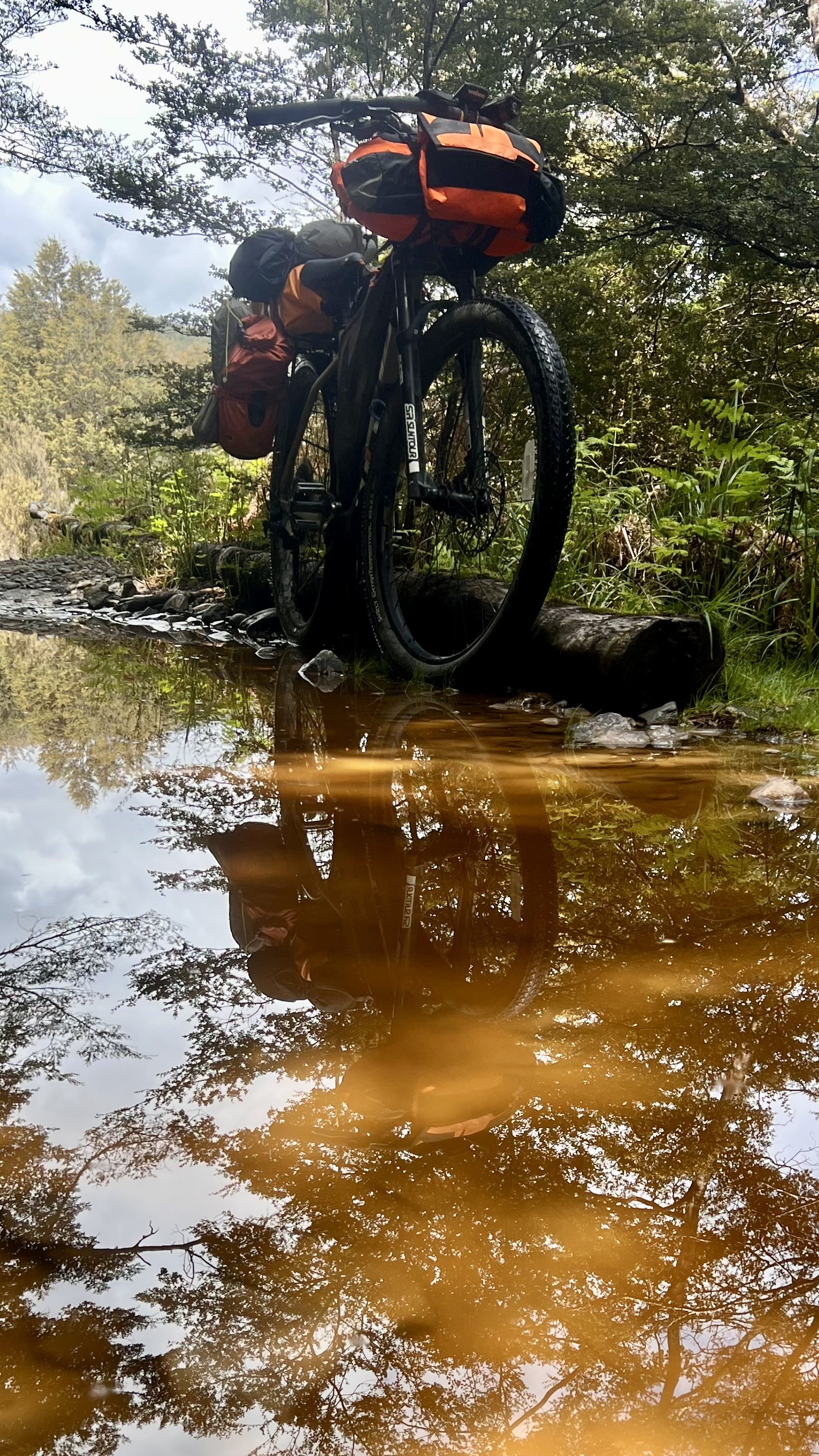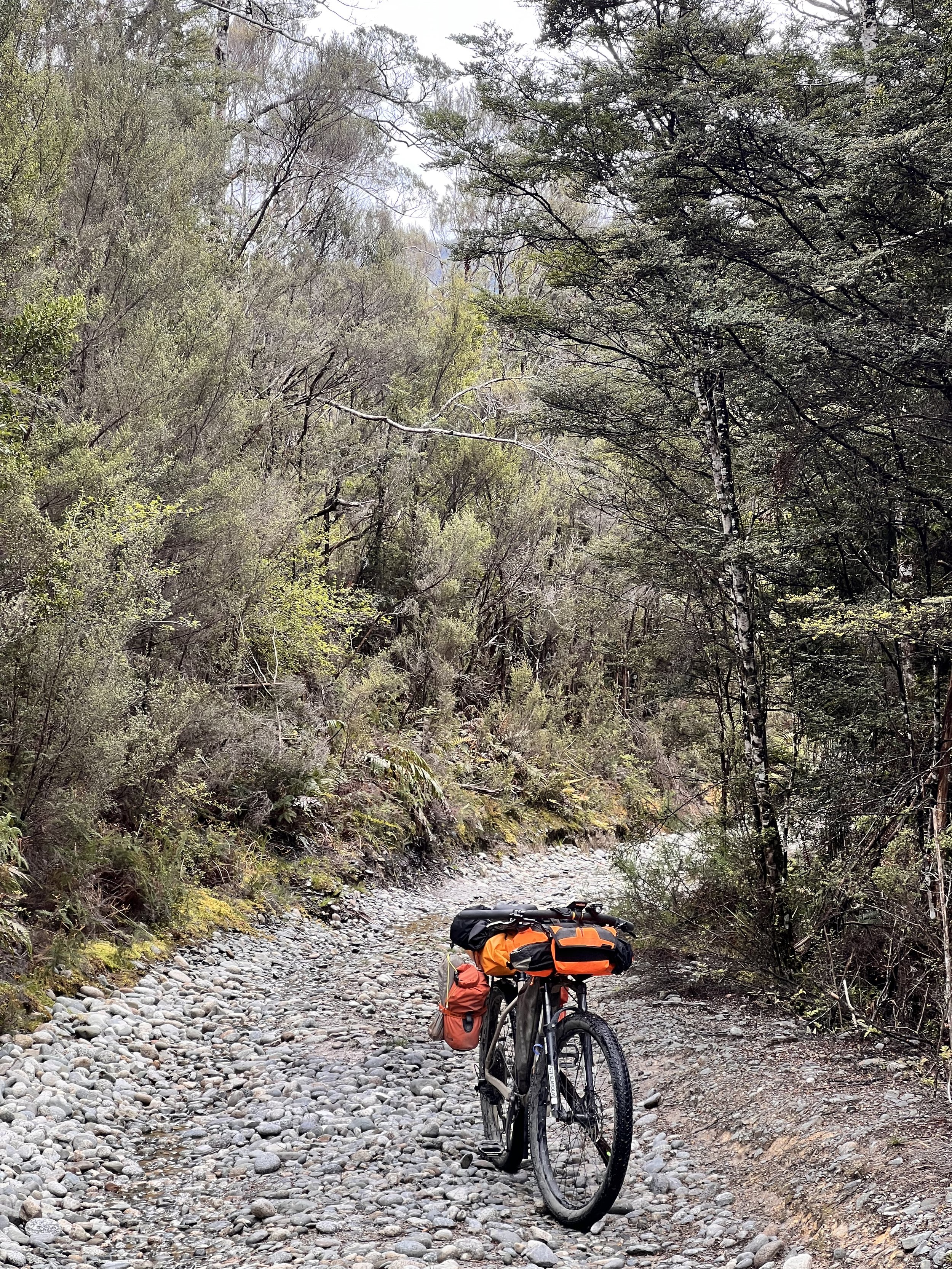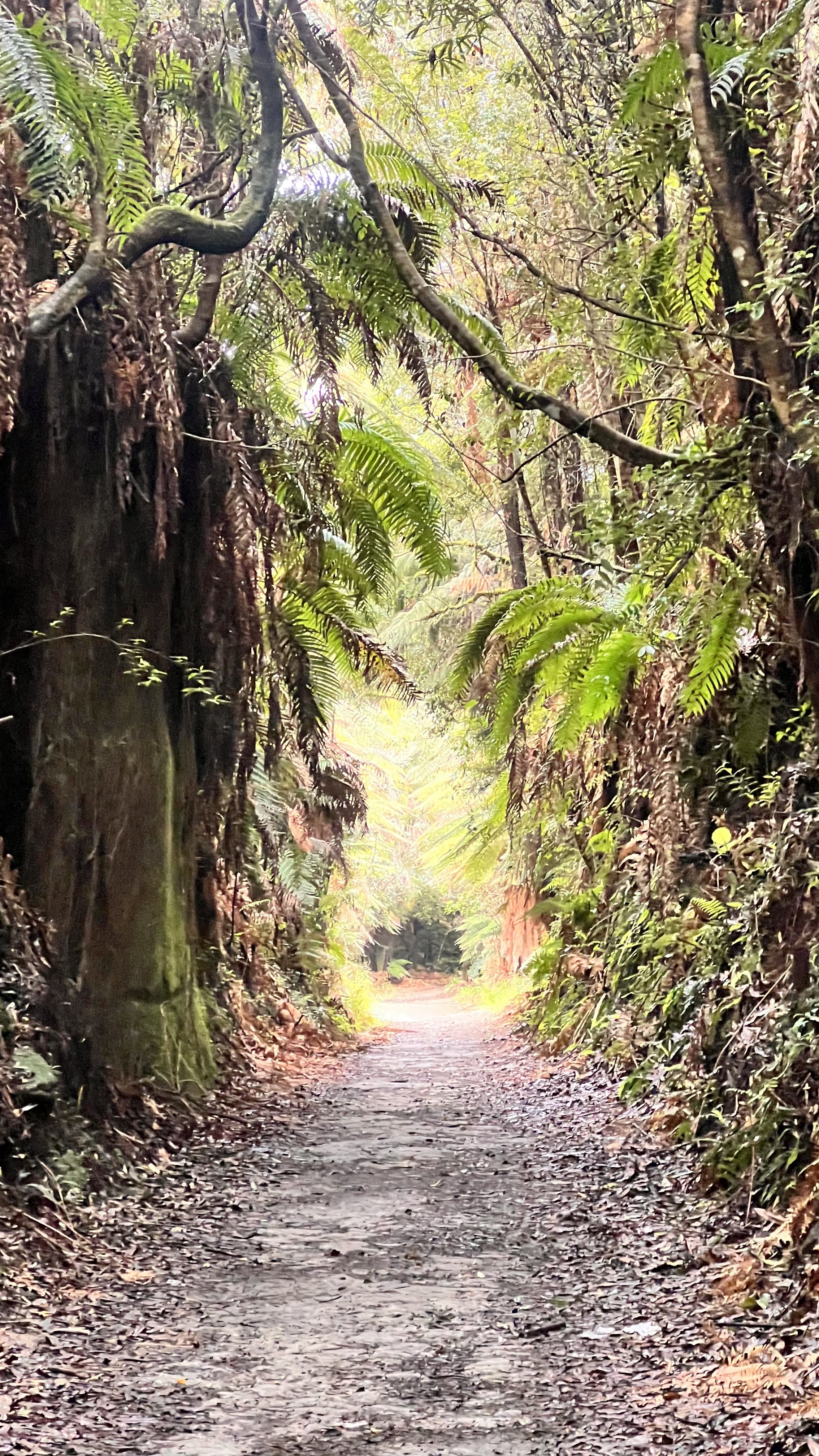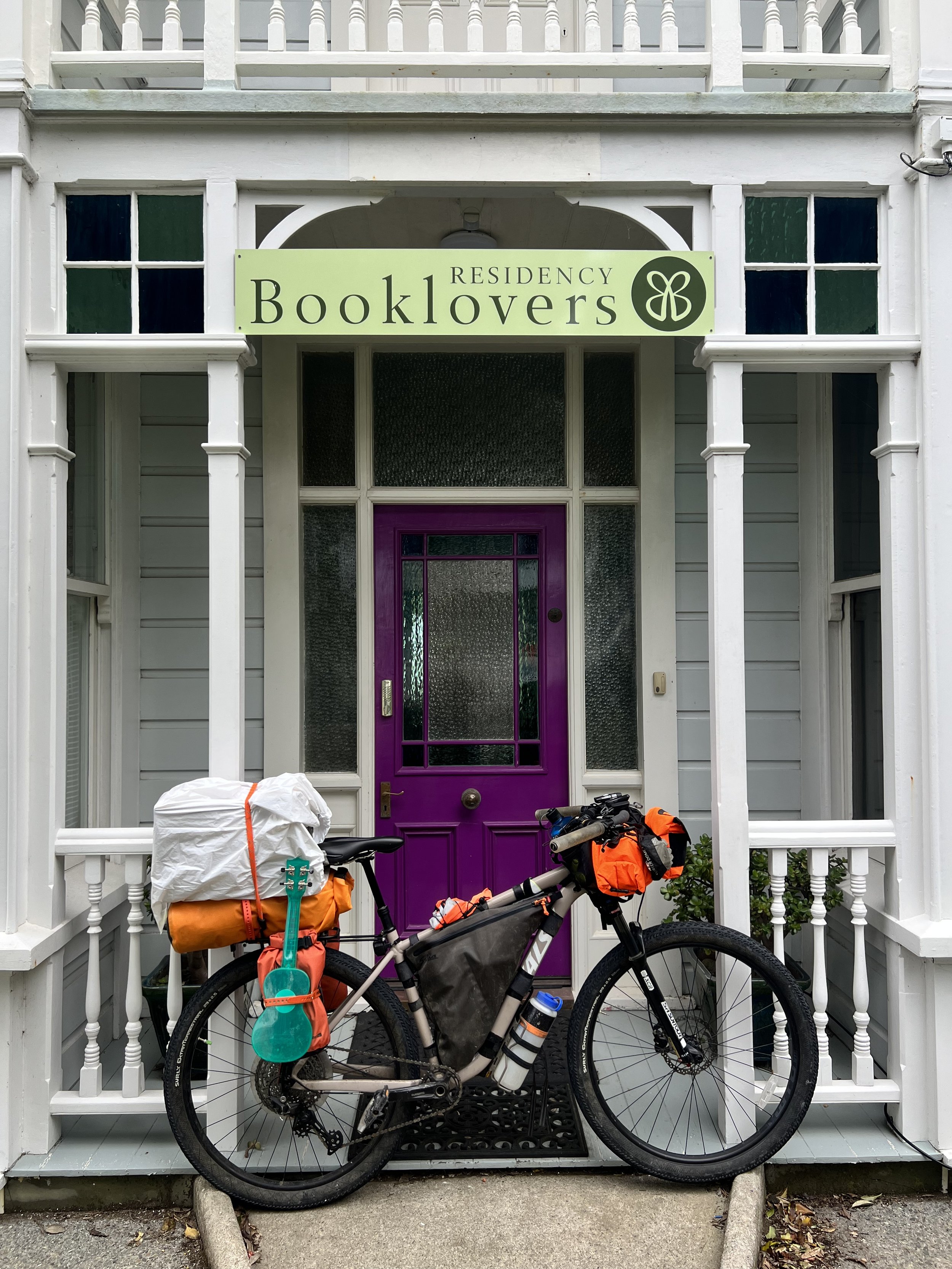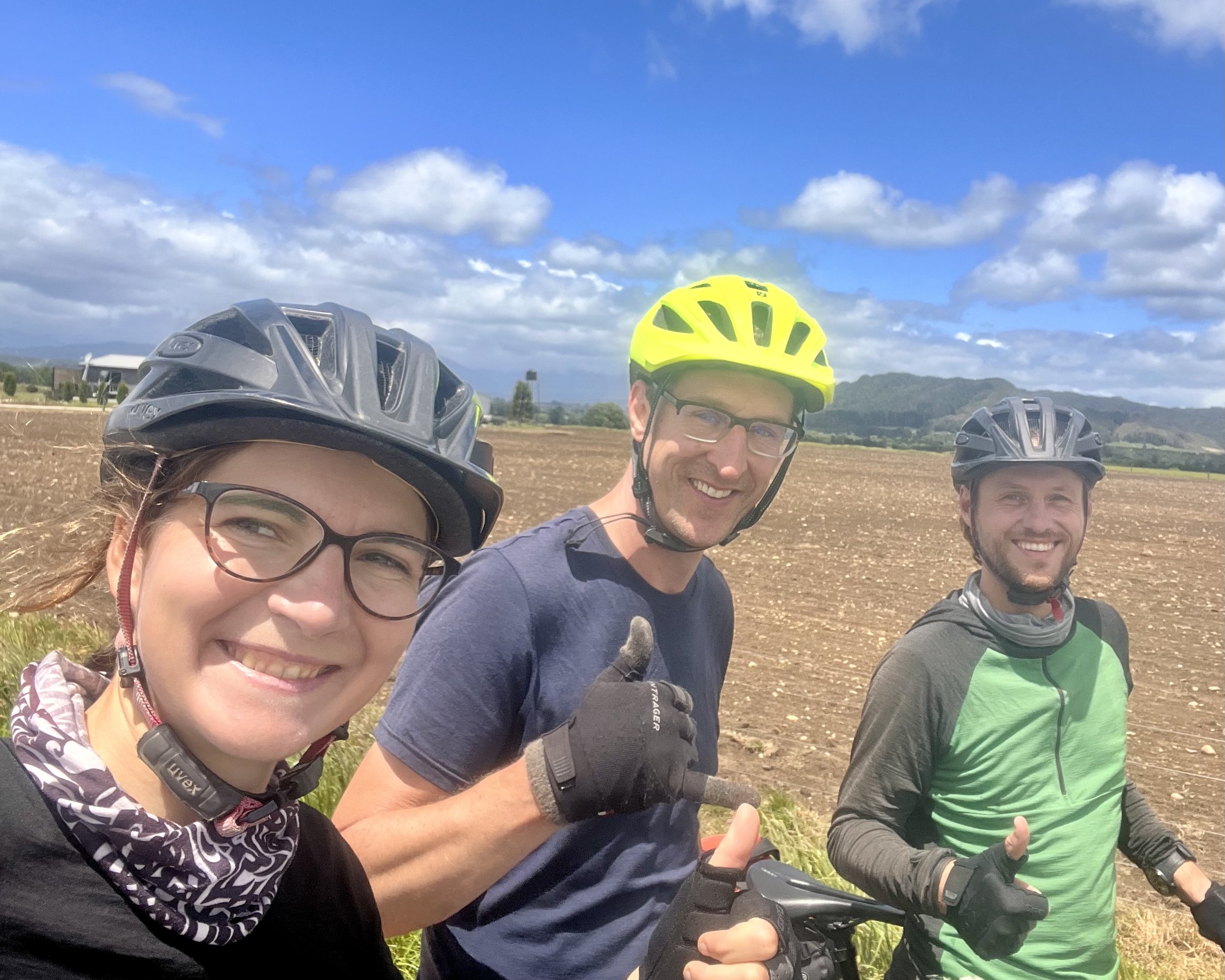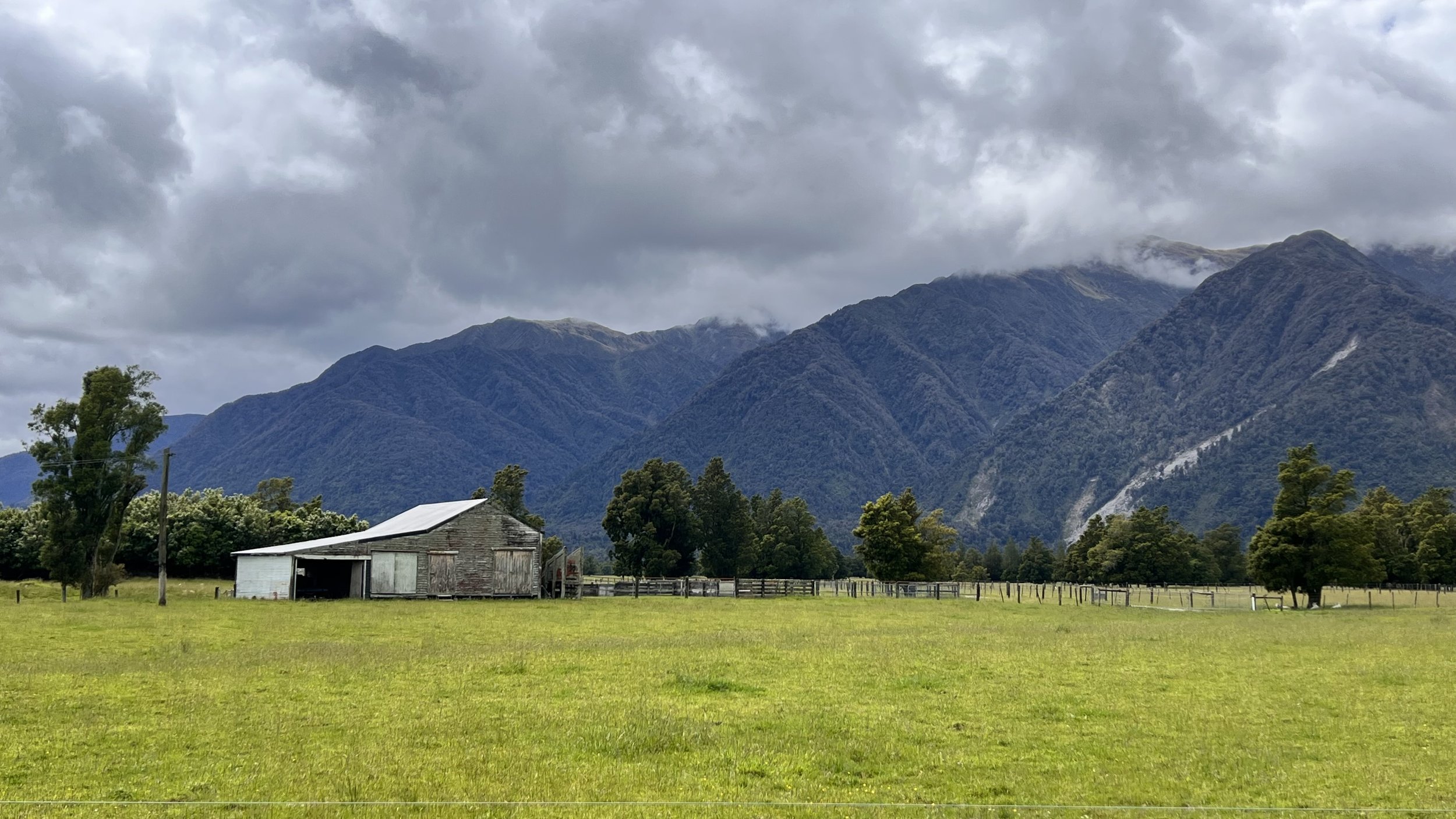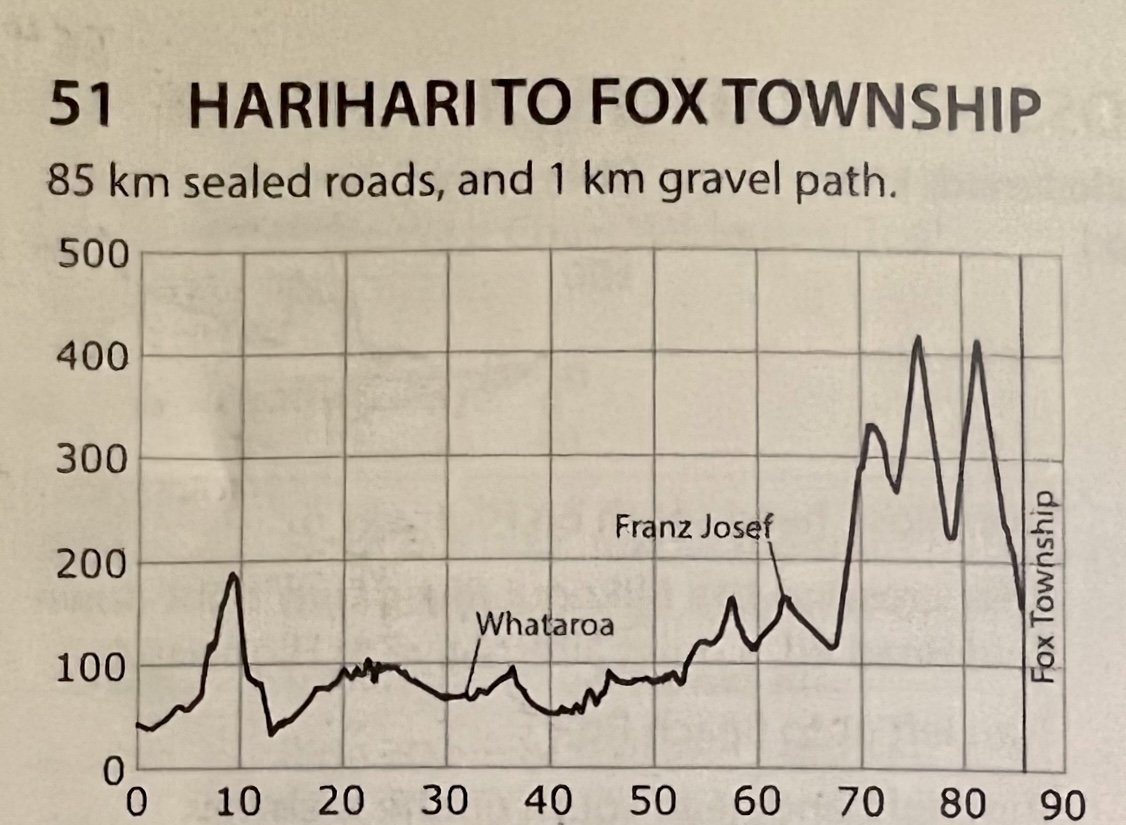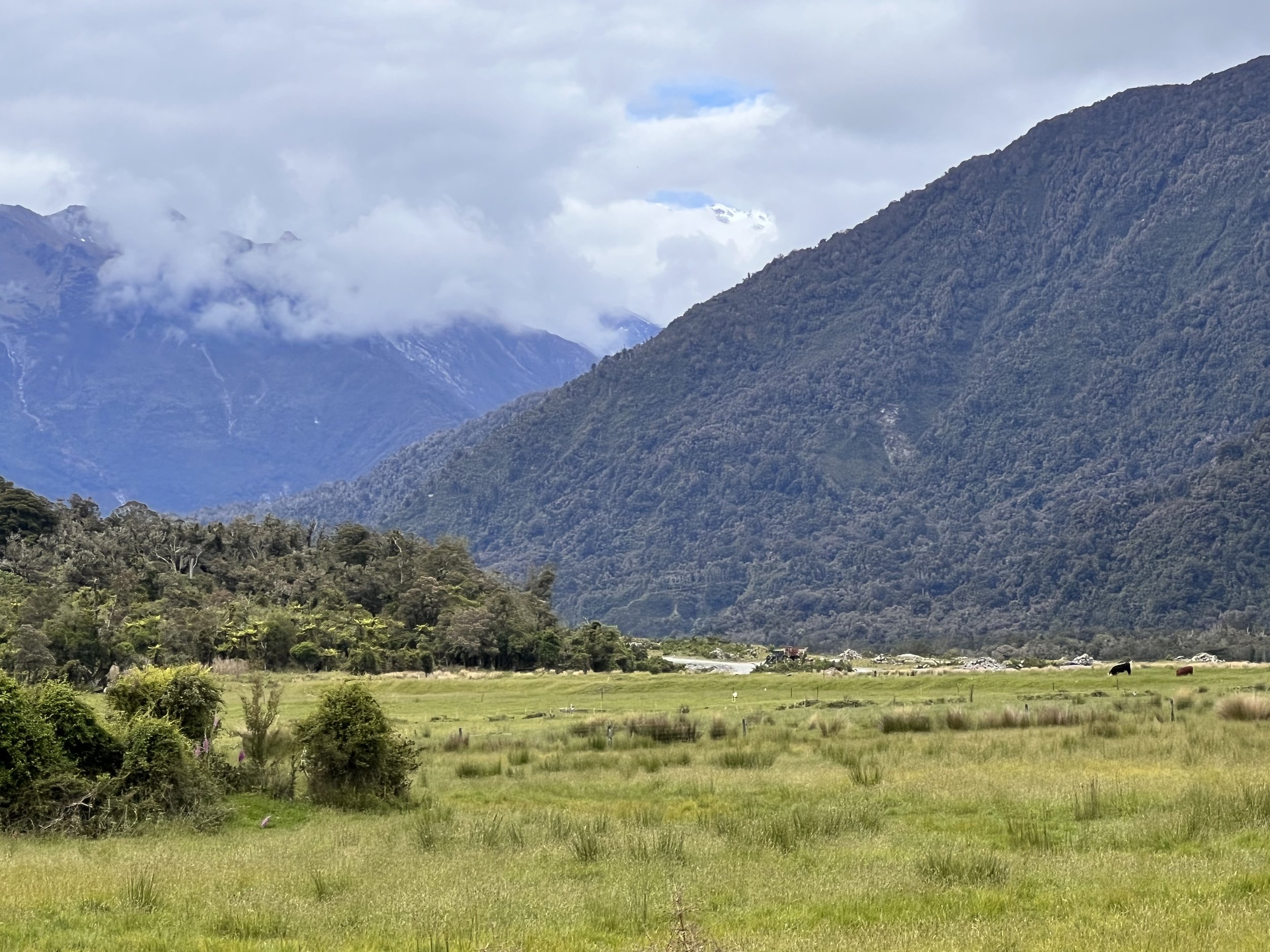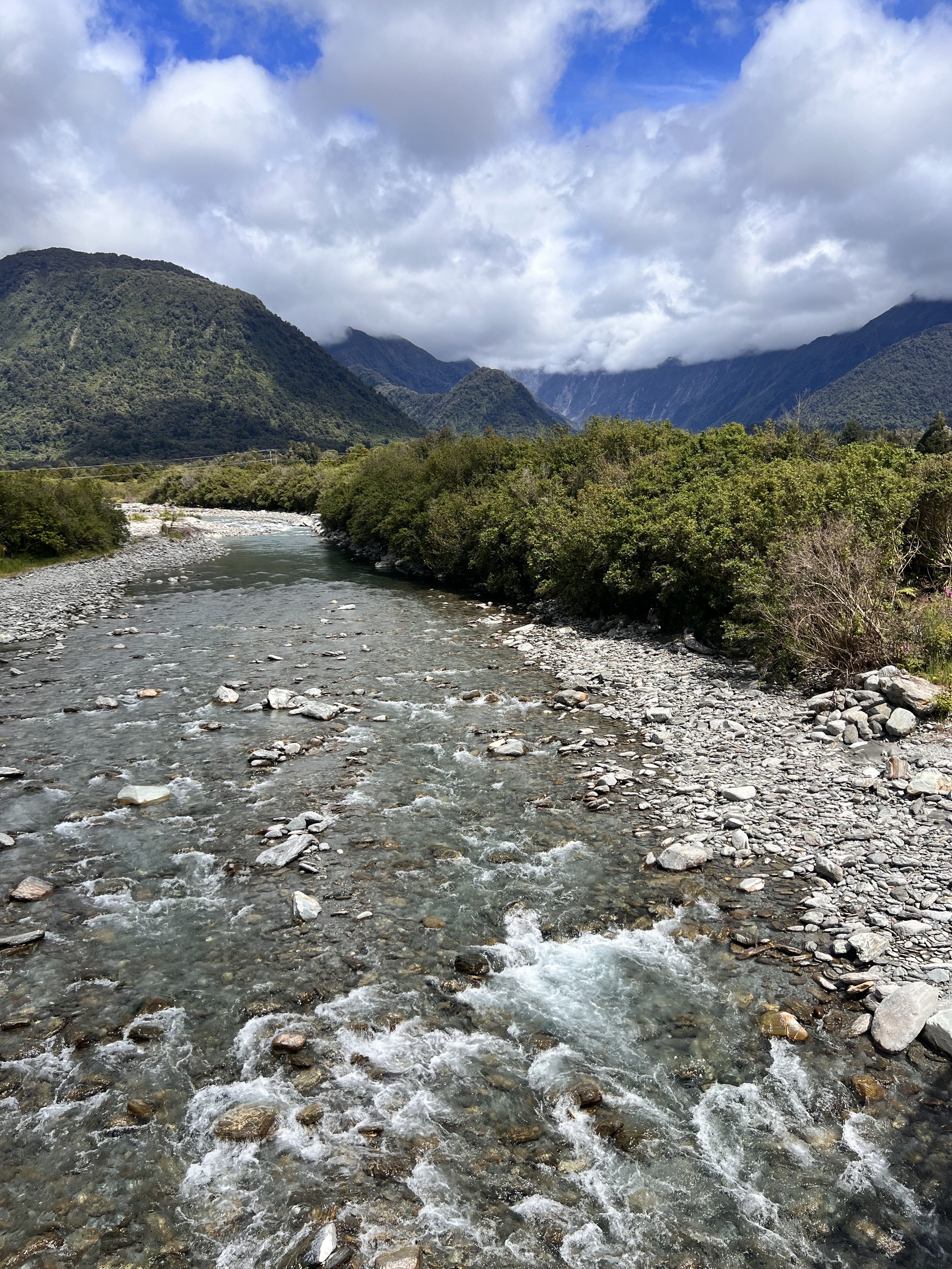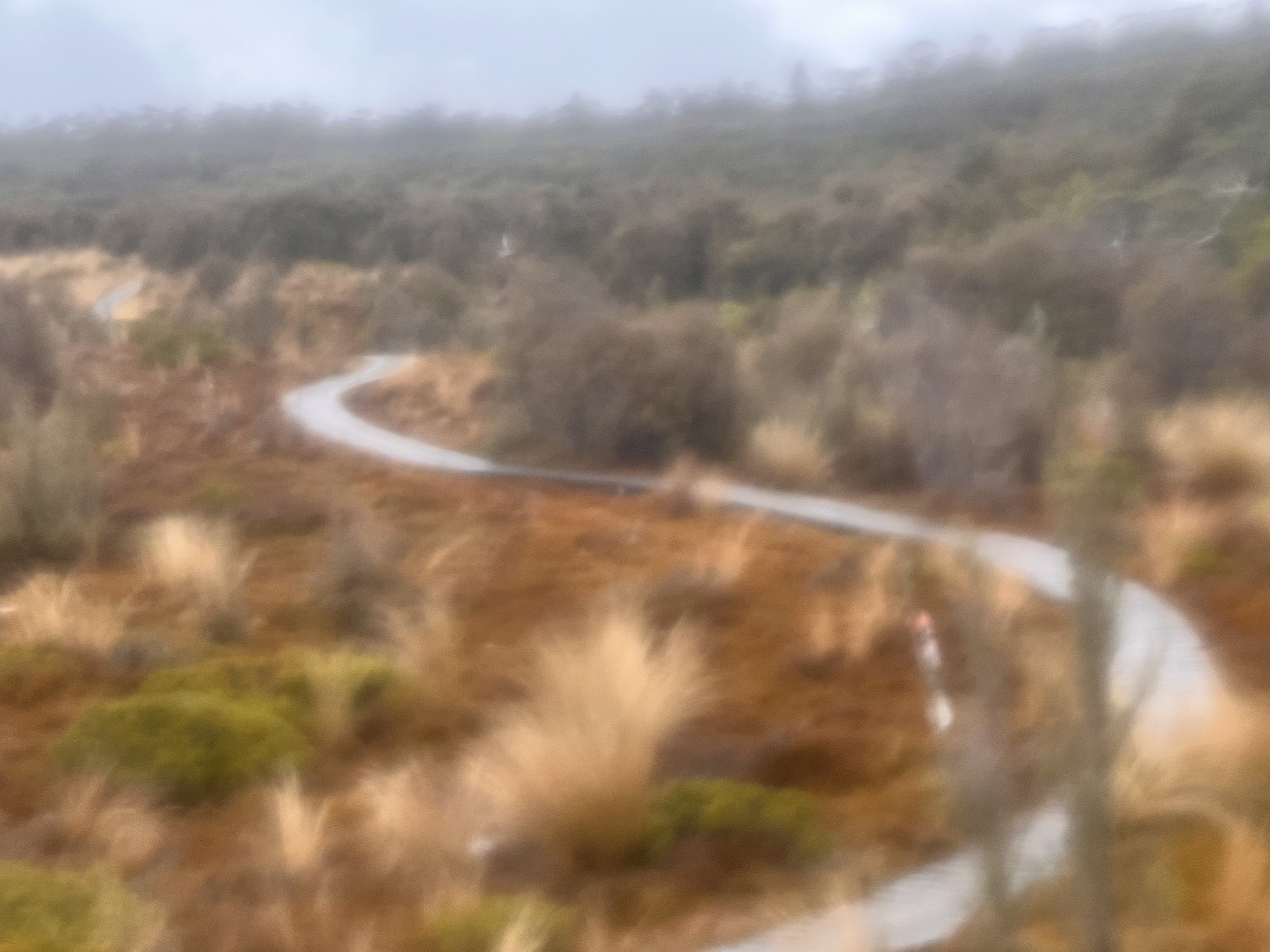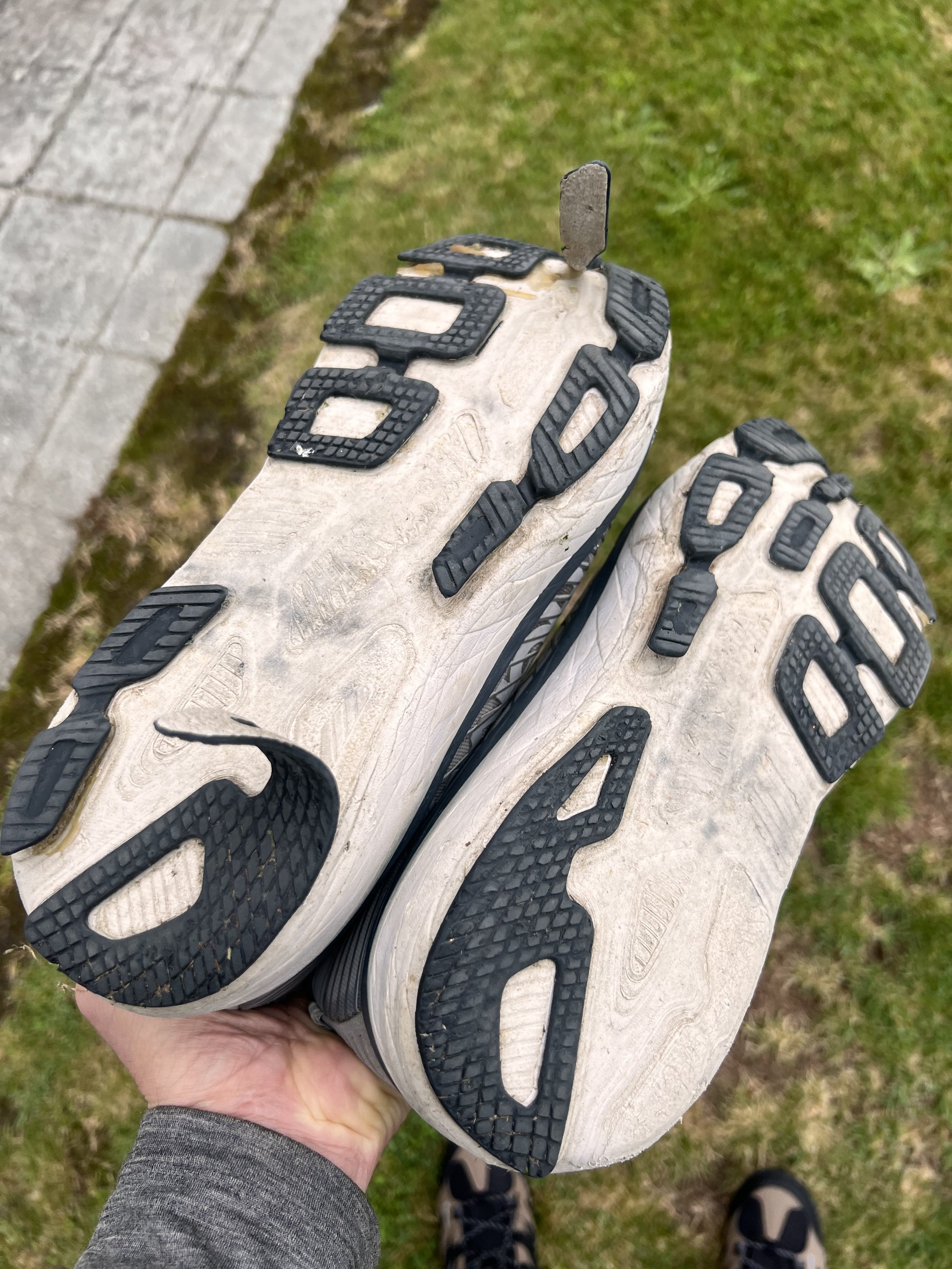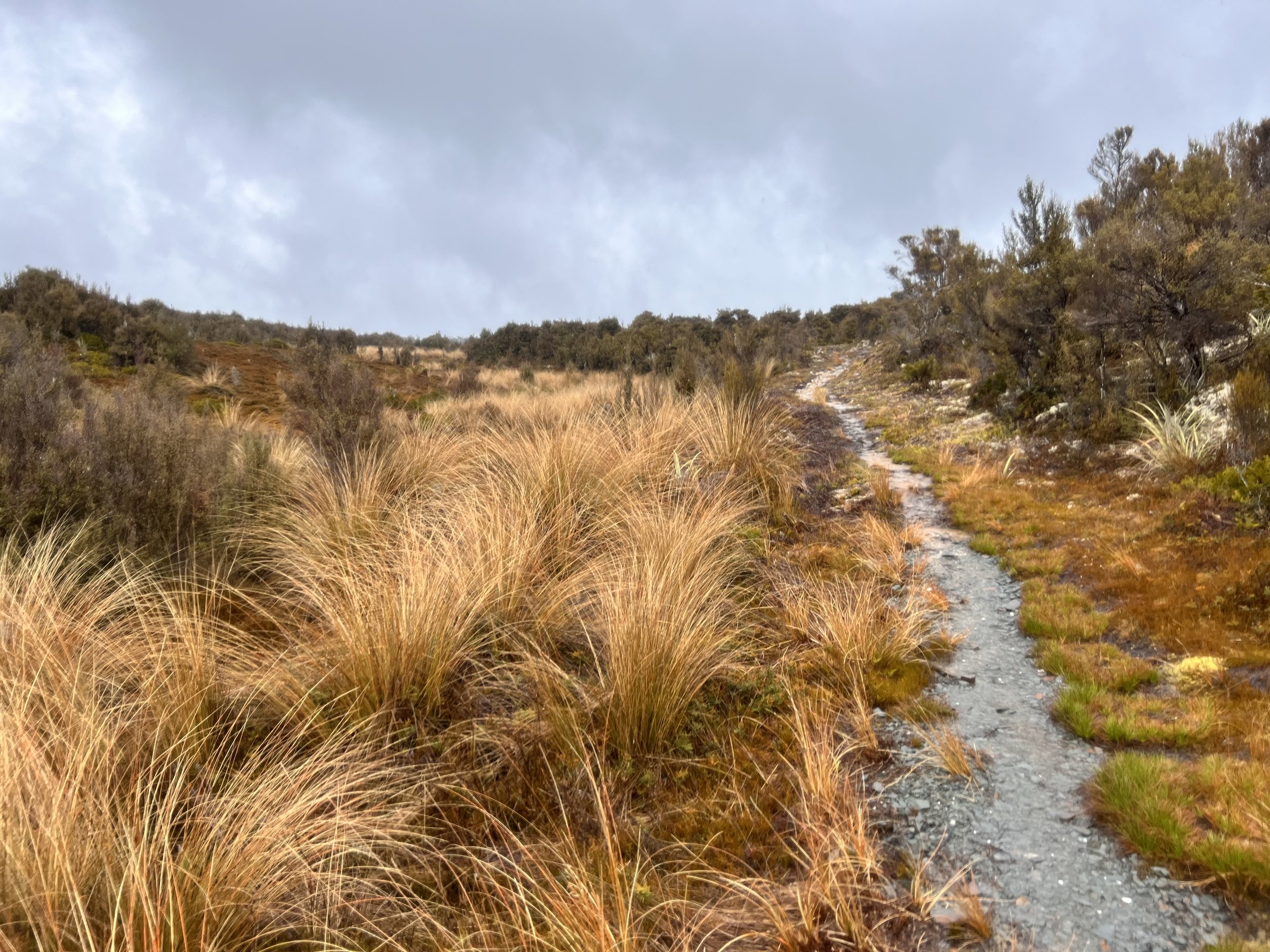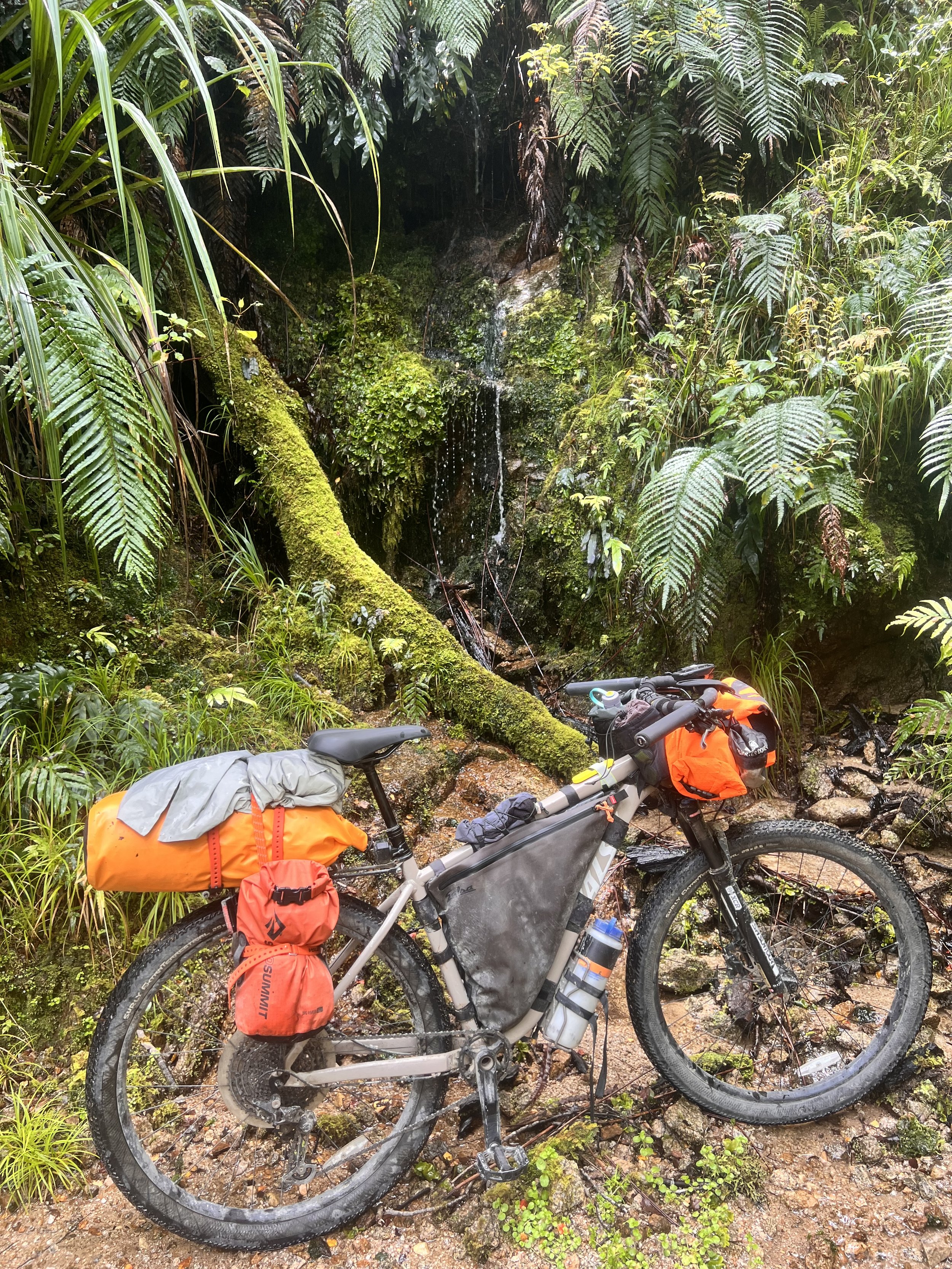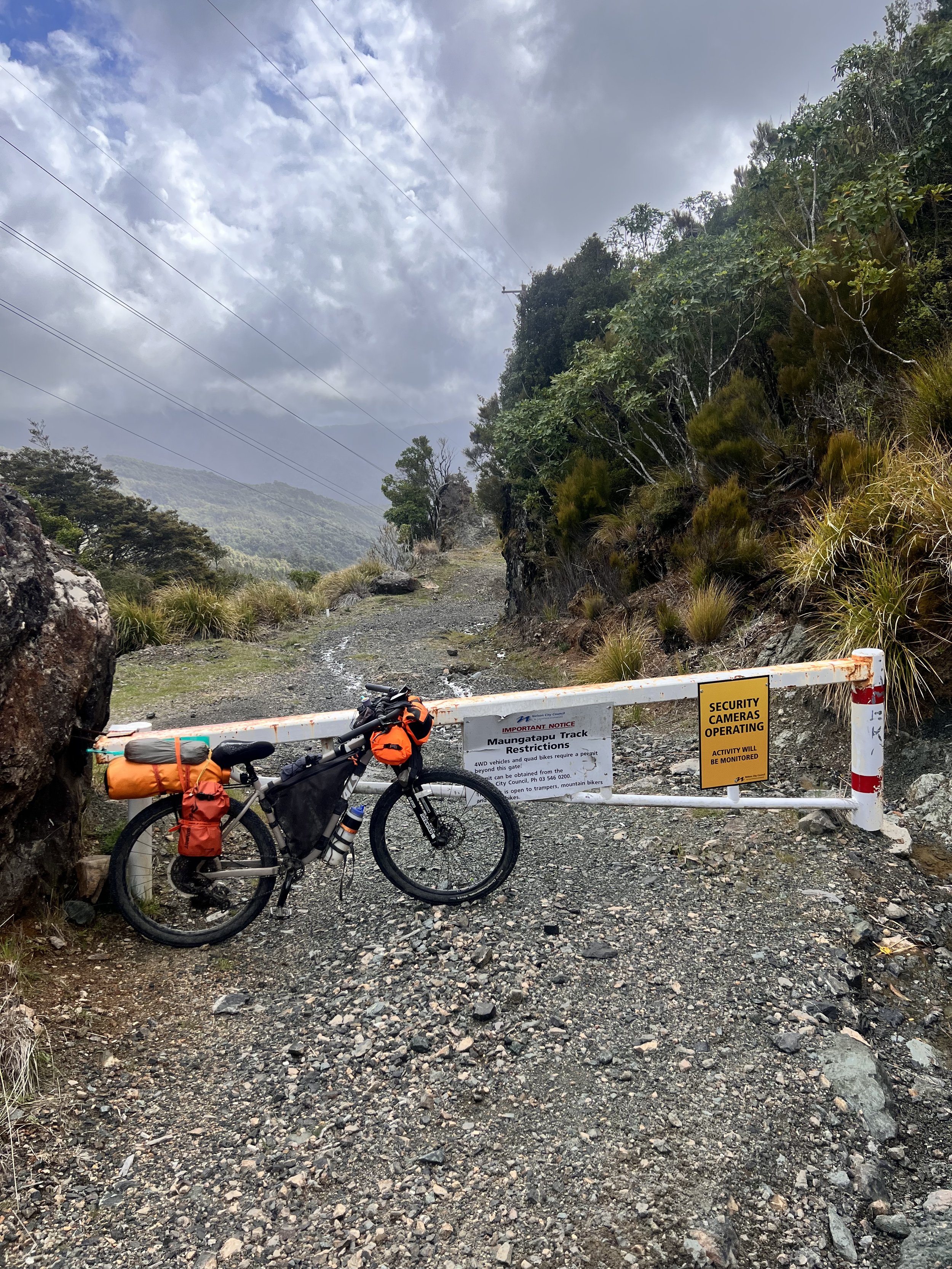It’s A Festivus Miracle!
I am two holidays late on this one, three if you count Boxing Day, four if you count Kwanzaa, but life has been hectic! So happy holidays and let’s rewind the clock….
#
It was never going to be a white Christmas here in the height of antipodean summer, but that suits me fine, because my plan was always to spend my happy holidays underwater.
When I first sketched out an itinerary for the TA, I had already bought a plane ticket to come back after the new year. I haven’t spent New Year’s Eve in a foreign country in quite a long time. So when I saw I would have a buffer of almost two weeks at the end of the ride, I realized I could actually plan for some downtime down under. Nothing is better for downtime than scuba diving.
First up was a cage dive with great white sharks in Bluff. I had the opportunity to dive with great whites twelve years ago in Cape Town, but turned it down because if I’d gone, I would probably still be in a South African prison. I had been traveling for three weeks with a group of strangers, most of whom were wonderful and most of whom were going on this shark dive too. But one of these strangers was the most obnoxious person I’ve ever met in my life. I knew if I went on that shark boat, my only legal defense after pushing this person overboard would be, “Your honor, if you met this asshole you’d have done it too.”
So I did the opposite of the advice I generally follow now: I figured I’d do it tomorrow. Tomorrow and tomorrow and tomorrow, all of them saw surf so choppy that it was too dangerous to take the boats out. So twelve years’ worth of tomorrows later, here I was on my way to the Tītī Islands (hee hee!) hoping to see great whites.
As the skipper introduced us to our dive site, he asked with a perfectly straight face if any of us knew what a tītī was, or if any of us had seen a tītī before. (Hee hee!) Now, say what you will about serious-minded philosophers, but nothing in our education removes our sense of humor, still less our enjoyment of juvenalia. It just teaches us to use serious words like juvenalia. (In my experience, most philosophers give up their sense of humor voluntarily.) The fact that I didn’t ask how many boobies live in the Tītī Islands really is about the highest you can expect from me.
(A tītī, by the way, is a sooty shearwater, also known as a muttonbird. Māori names for birds are often onomatopoeic; they sound like the bird’s cry. Kākā, kea, ruru, and I’m guessing tītī too, since it’s squeaky and the homophone tītī means squeak.)
Sadly I saw no tītīs that day, and also no sharks. I had a great time anyway, because for once it was a sunny summer day down here and I got to spend it talking with interesting people. I also got to dive in a cage for the first time, which was cool when there were fish swarming it and like being carried by King Kong when the surf was up. Lots of loud banging and swinging about. Plus I got to dress like Stratos from Masters of the Universe. All I was missing was the wings.
Two days later, Christmas eve, I was diving in Milford Sound, a scenic highlight of Fiordland National Park. There I got to dress like Torpedo from GI Joe. All I was missing was the speargun.
The boat really was straight out of G.I. Joe. The hull is inflatable, so you can just fold the whole thing up and strap it to a trailer. Slap a couple of extraneous orange missiles on there and you’ve got yourself an authentic Eighties bathtub warrior. Descend, the dive company, should give all of its staff code names.
According to G.I. Joe, knowing is half the battle, so here’s what to know about diving in Milford Sound. It’s deep, deep in Fiordland National Park, and if you want to get technical it is in fact a fjord, not a sound. (U-shaped, not V-shaped.) It’s saltwater, of course, but Fiordland gets a staggering amount of rainfall—more than the Amazon rainforest—which means there’s a blanket of freshwater over all that salty goodness. Someone please write to me and explain the physics of this, because for the life of me I can’t understand it, but freshwater filters light differently than saltwater. The effect of this is that all the sea life in Milford Sound thinks it’s way down deep when it’s not. Corals you find at 200 feet grow here just 30 feet down. So usually you would have to do some highly advanced technical diving to see the coolest coral I’ve ever seen in my life. These things can be 20 feet wide and 250 to 300 years old.*
There are plenty of cool animals in Milford too. Dolphins, sea lions, penguins, crazy clawless lobsters. I have to find my way into a job as a tank monkey on a dive boat down here, to really spend some quality time with these animals. That, or get to be a rich guy somehow and just fly my helicopter to my big-ass yacht and dive to my heart‘s content. I did see a helipad-equipped yacht in Milford, but then I remembered the sage advice I heard from Dave Chapelle: you don’t want a boat. You want a friend with a boat. That yacht with the helipad made the local news when it went $3 million over budget. I’ll take the cool orange G.I. Joe boat, thank you very much.
If knowing is half the battle, the other half is showing up. That was the really hard part, and that’s where my Festivus miracle kicked in. I signed up for this dive back in July, and a couple of weeks ago Descend emailed me let me know they needed a minimum of three clients to make the dive cost-effective. Uh oh: I was still the only one who had signed up. Apparently everybody else wants to be with their families on Christmas Eve. (Not that I don’t, but my family doesn’t want to go scuba diving in Milford Sound. Sometimes in life you have to make choices.)
Also, even if they found another two divers, there was the question of how to get there. Trying to plan four months’ worth of travel when you are Steve Bein means things will inevitably fall through the cracks. Way too many details to keep track of, not nearly enough attention to go around. It turns out one thing that slipped through the cracks was reserving a rental car to get from Bluff to Fiordland. Oops.
(And before you say it, yes, I could have just biked there—if I had an extra three days on either side. It’s 180 miles one way.)
So December 20, Booster and I roll into in Bluff. There I discover I don’t have a rental car, there isn’t a car available within 100 miles, and even if I can hitchhike my way to Milford, I’m still the only diver they’ve got. December 21, lots of creative thinking about how I will get my ass to Milford, just in case. Still only one diver. December 22, same story. Gulp.
Then, early morning on December 23, a true Festivus miracle! Three of them, in fact: a sudden glut of Covid cancellations frees up a bunch of rental cars; a second client signs up for the Christmas Eve dives; and in an extraordinary act of generosity Descend decides to take the financial hit and send out the G.I. Joe boat with only two paying customers.
So my Christmas scuba vacation started in bad shape (no Milford dive), got worse (no sharks), then got suddenly and dramatically better, all thanks to serendipity and the kindness of strangers.
*A quick disclaimer: I don’t own an underwater camera—I’ve found photography distracts me from the dive—so none of the diving pics here are mine. All those photo credits go to Descend, that most excellent dive company based in Milford Sound.




